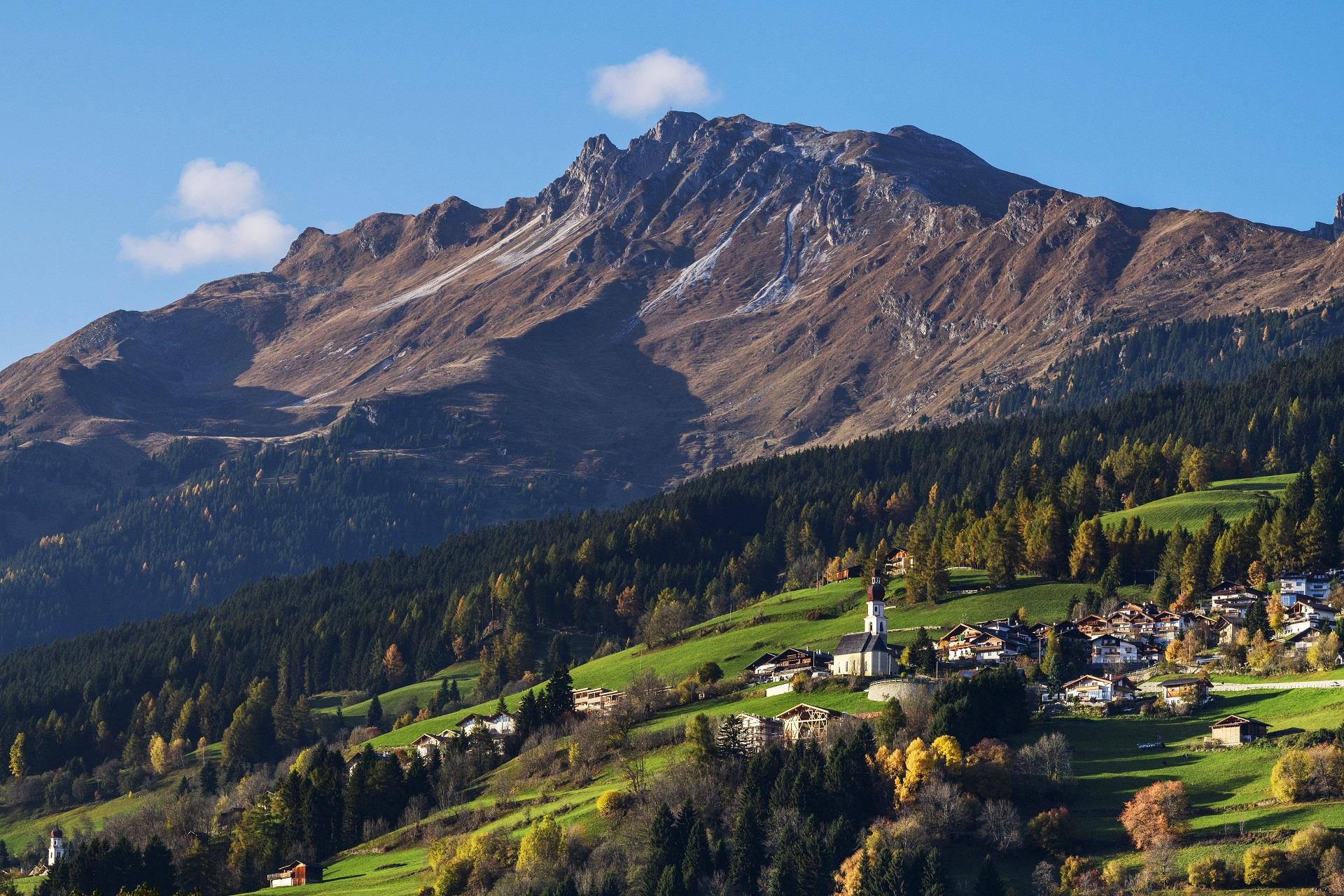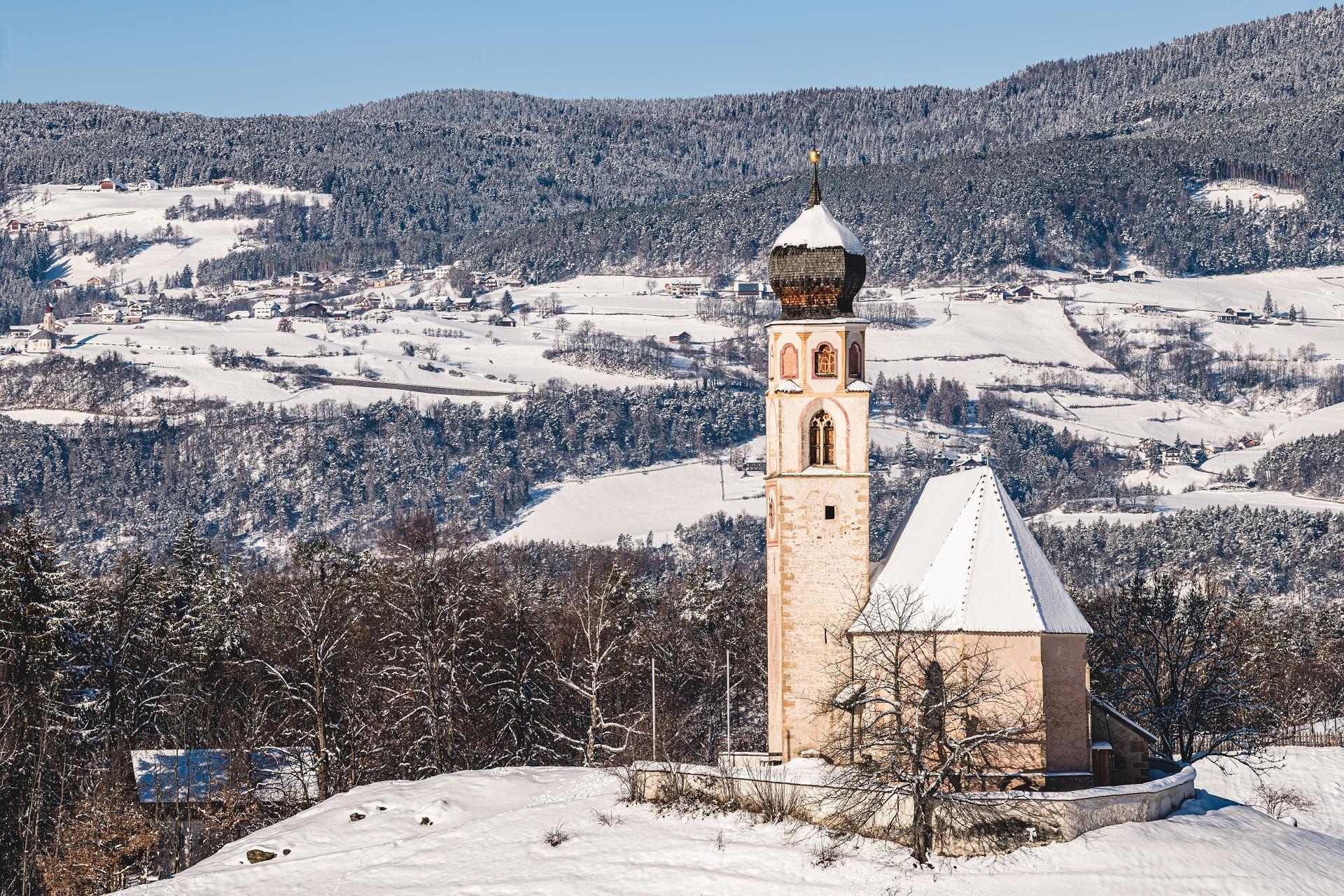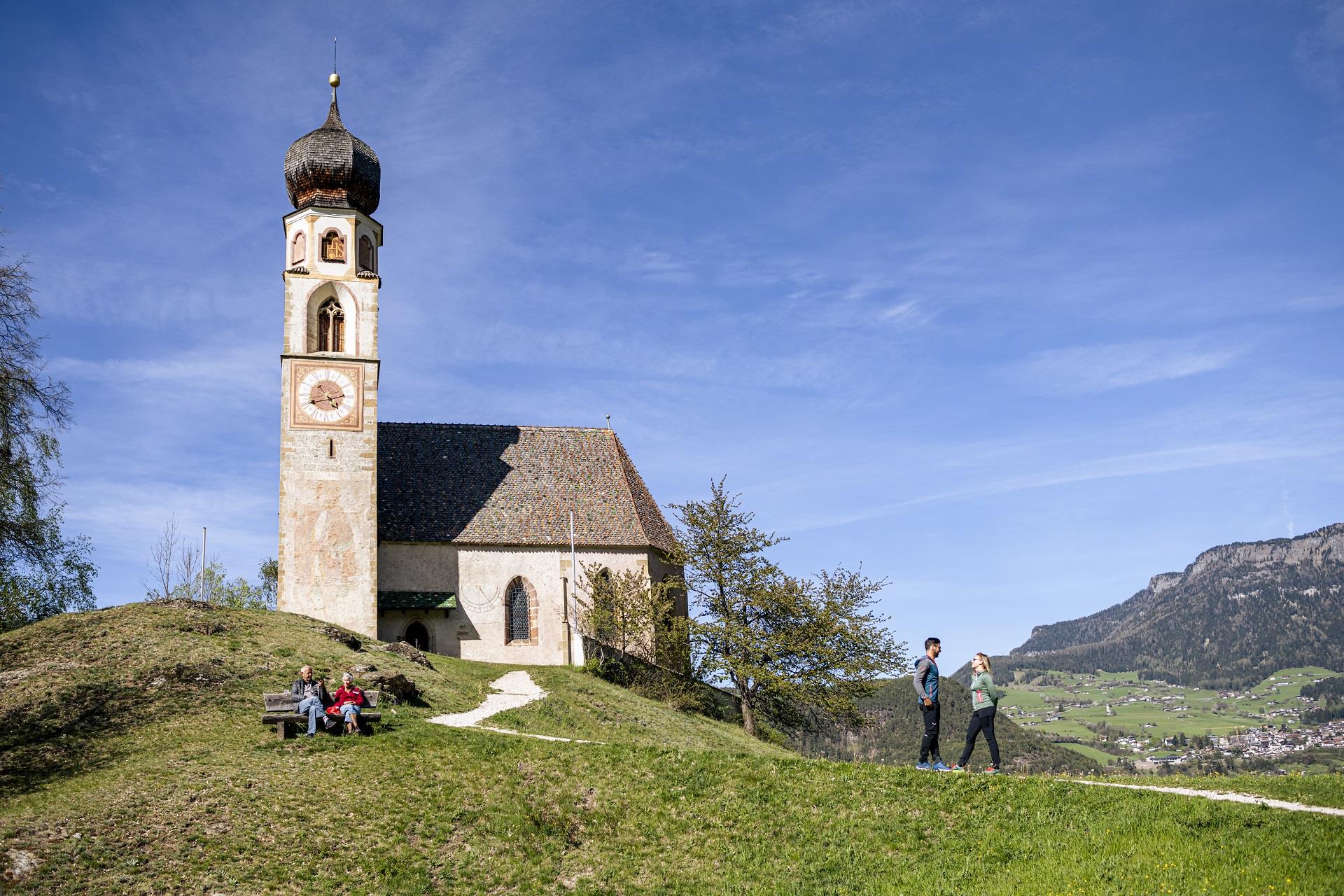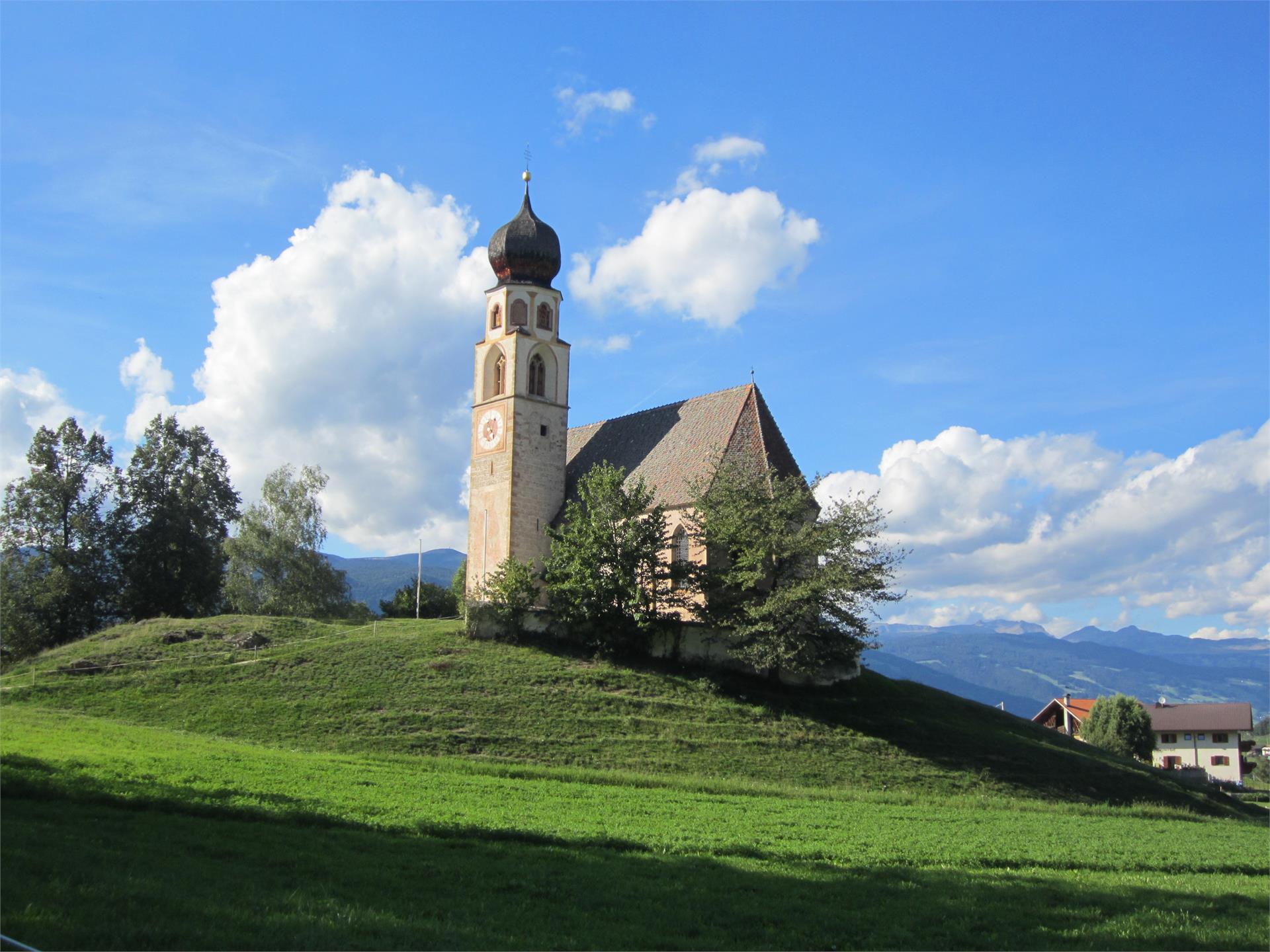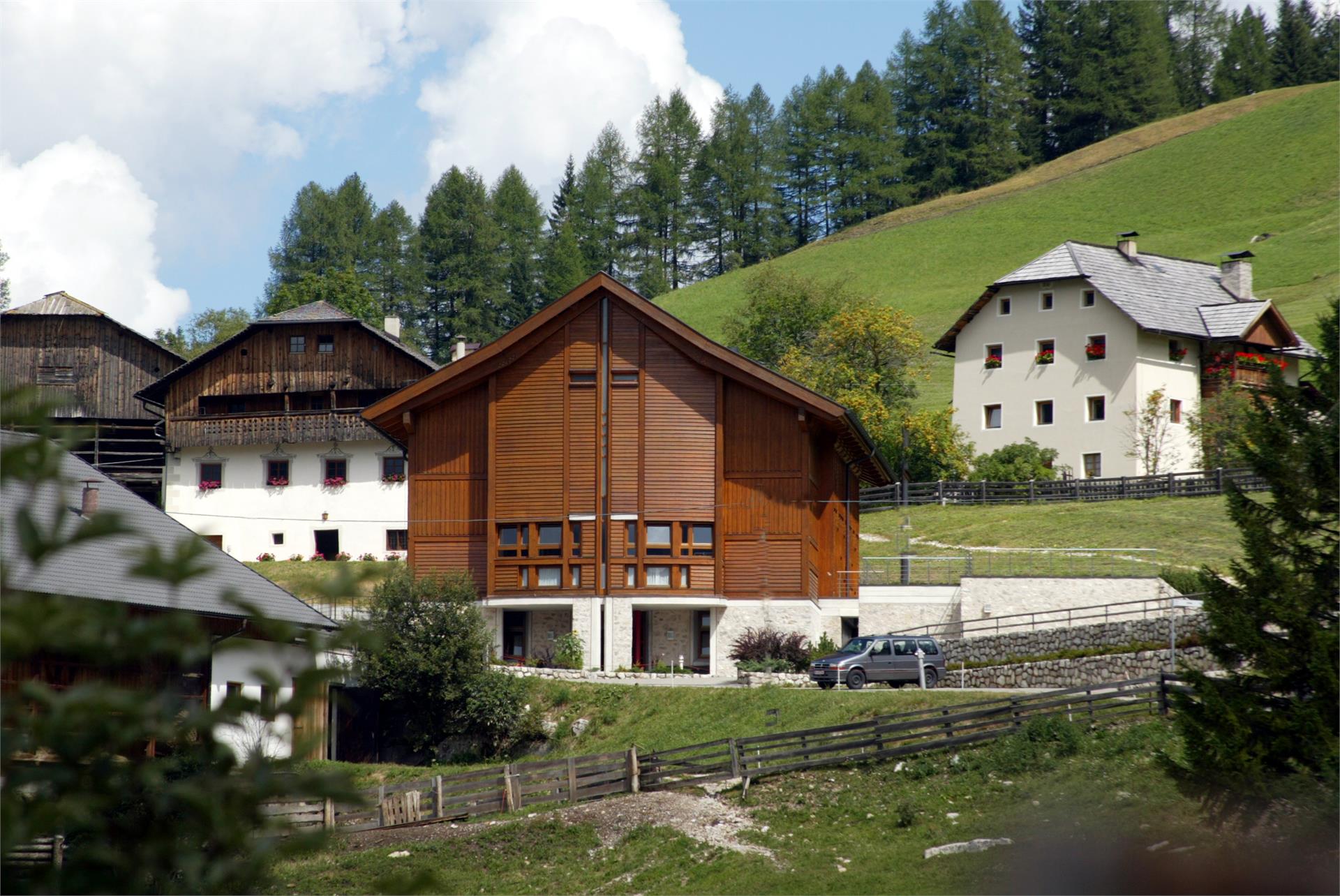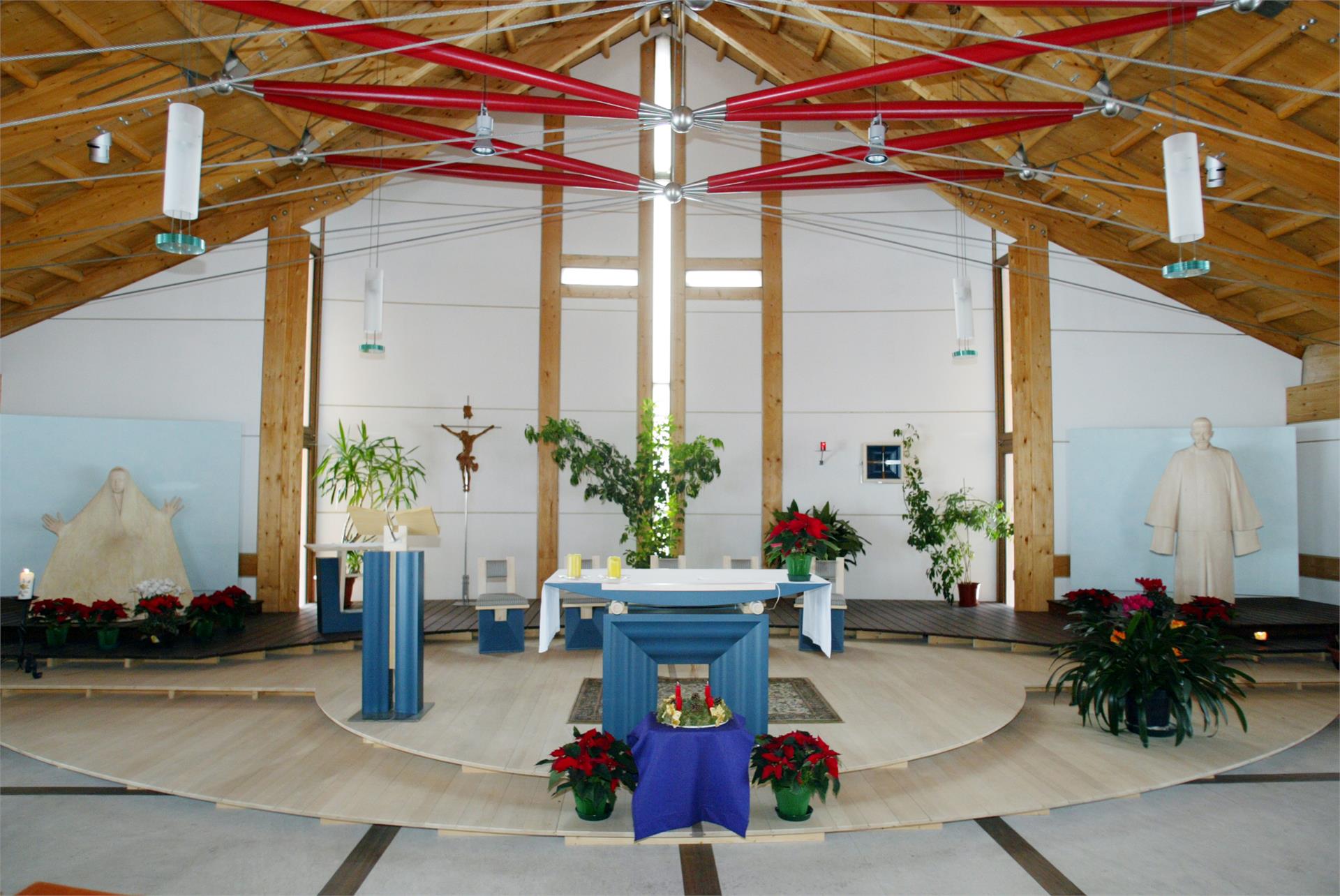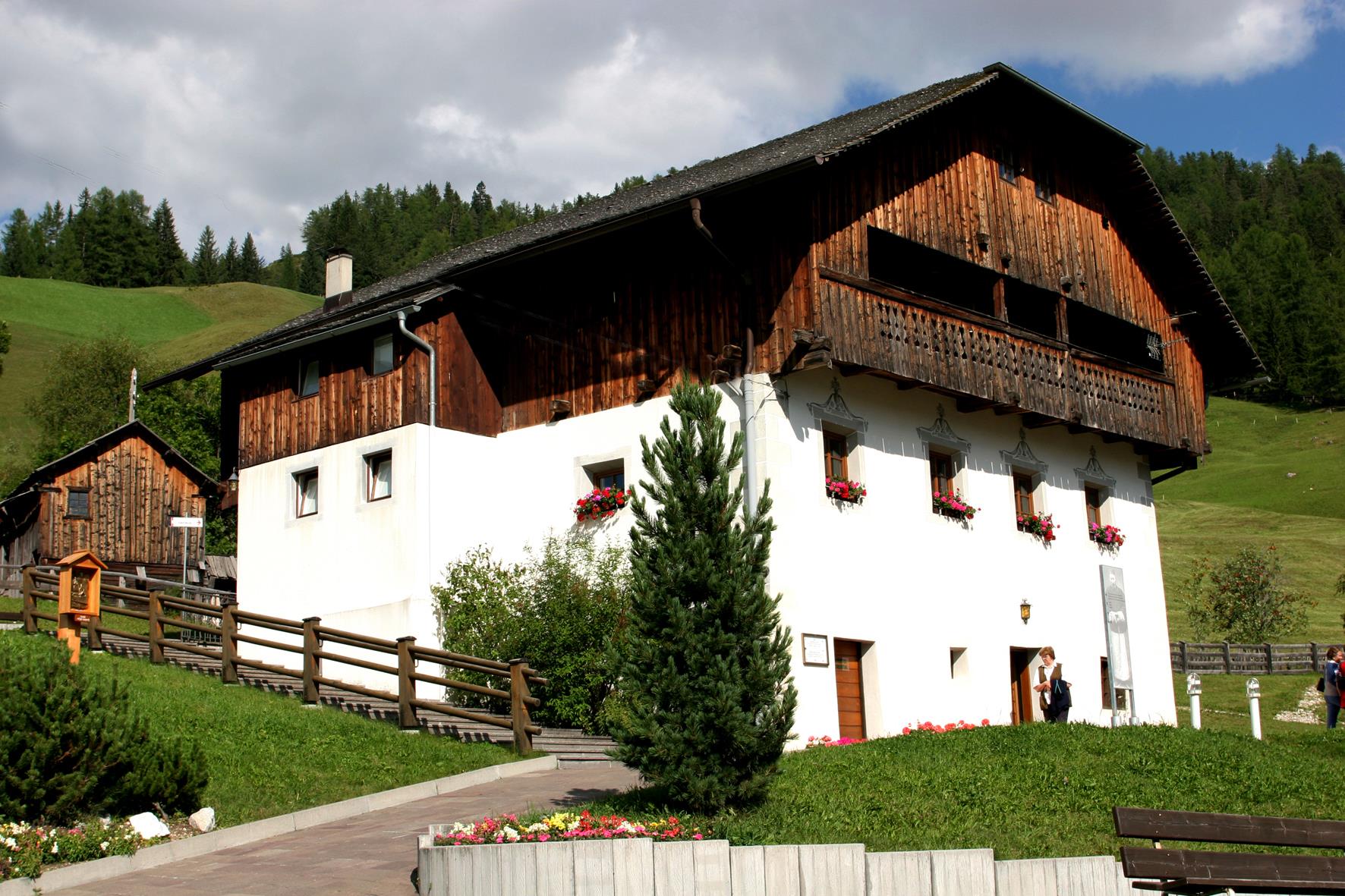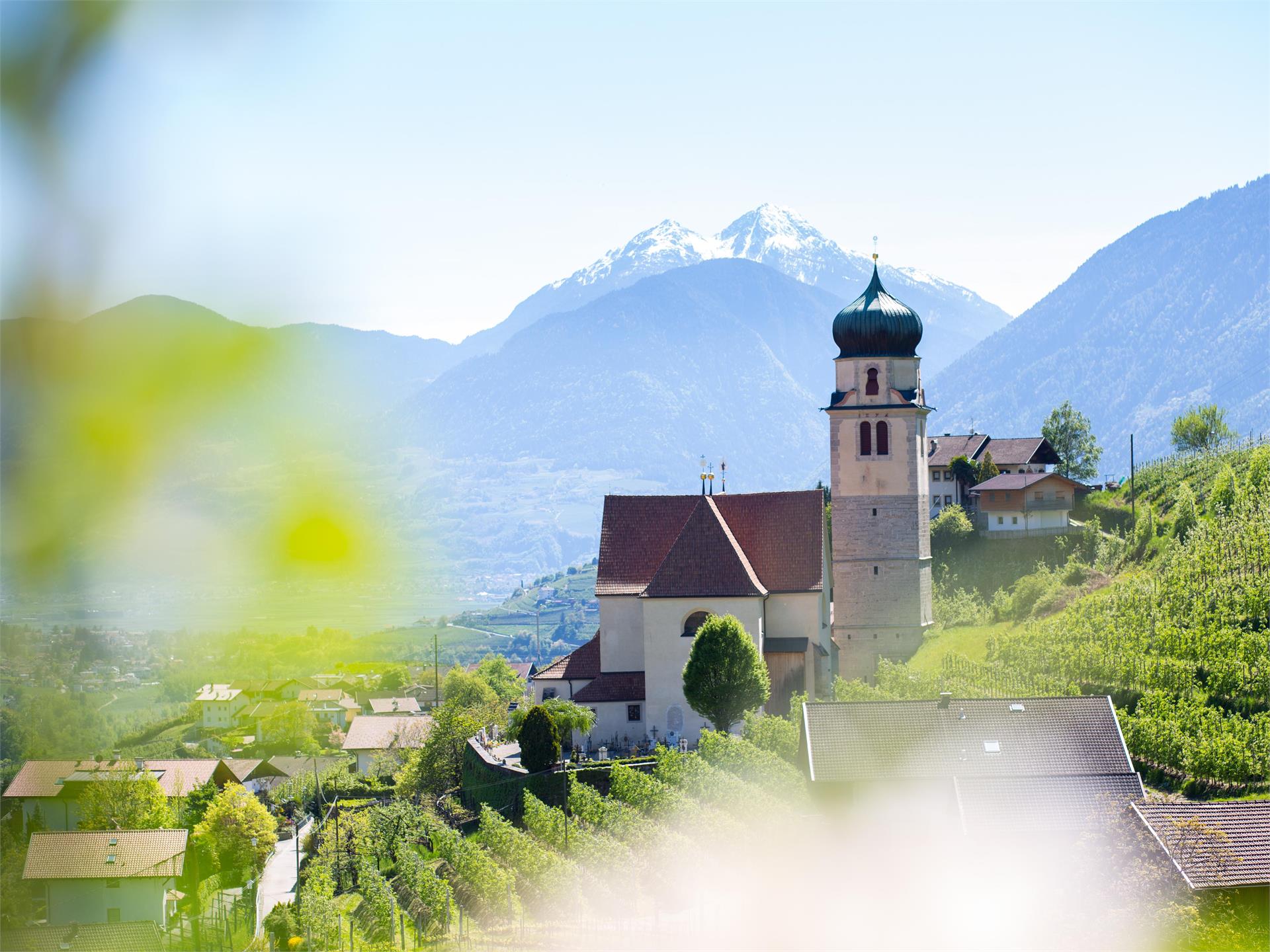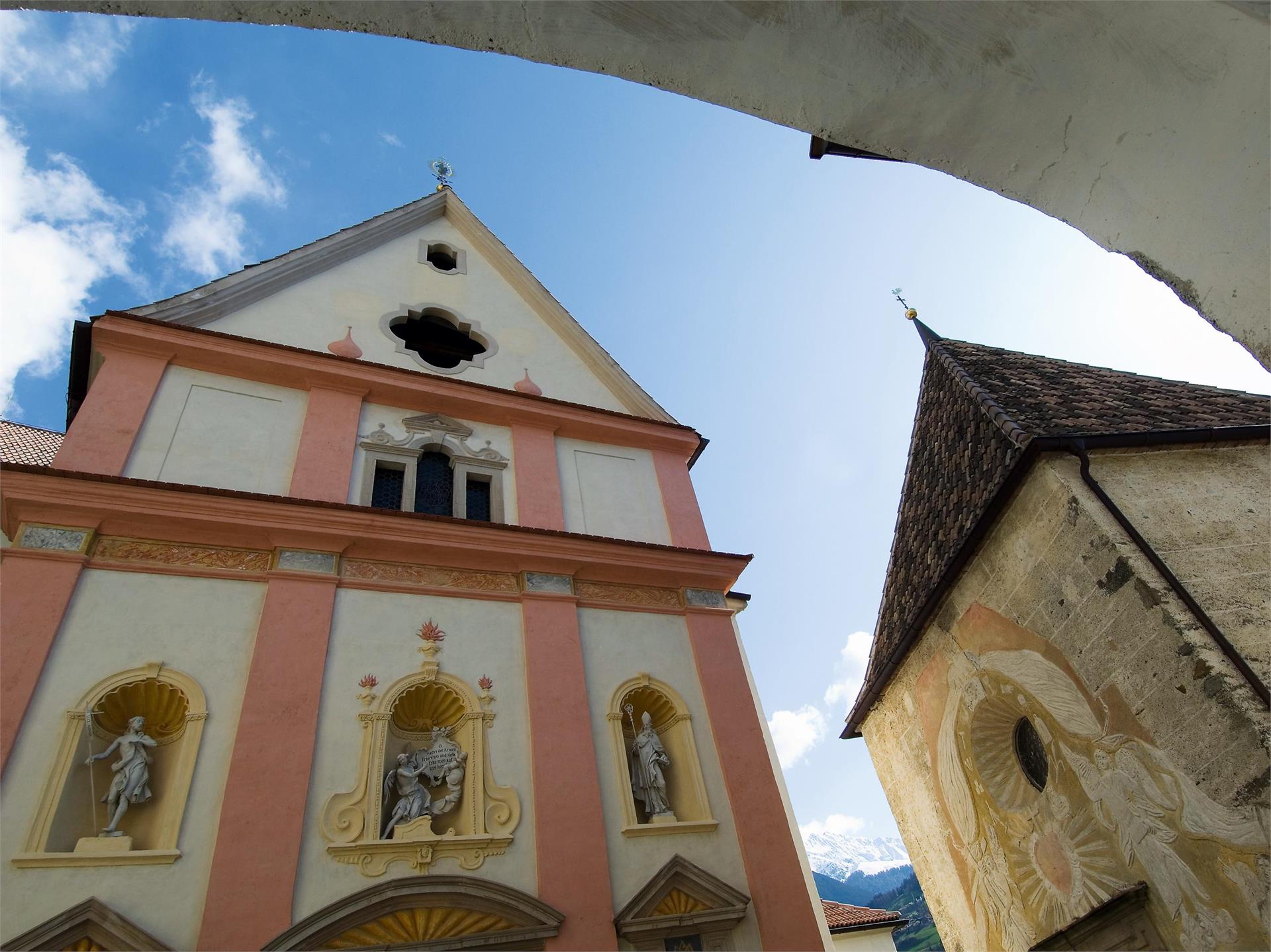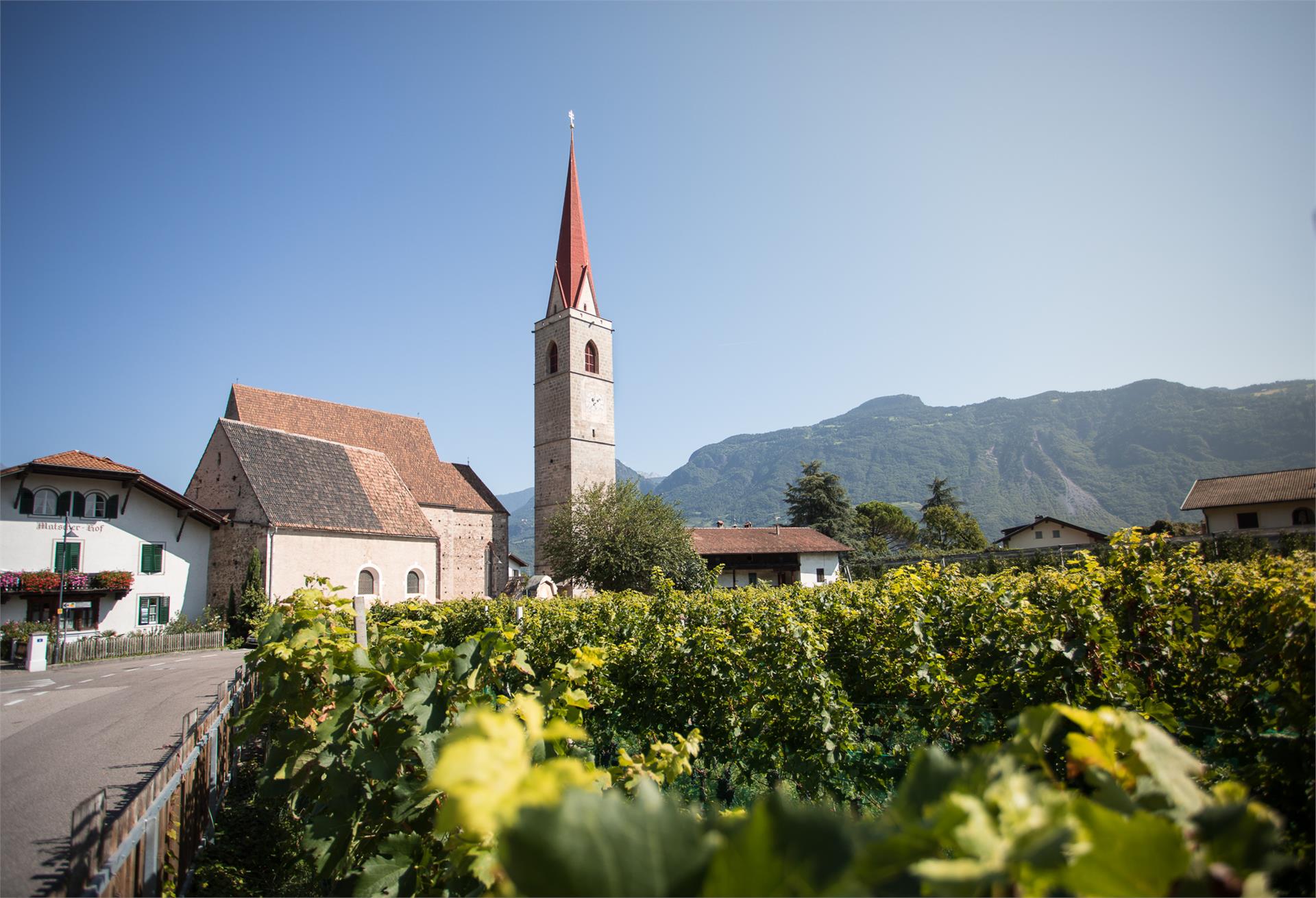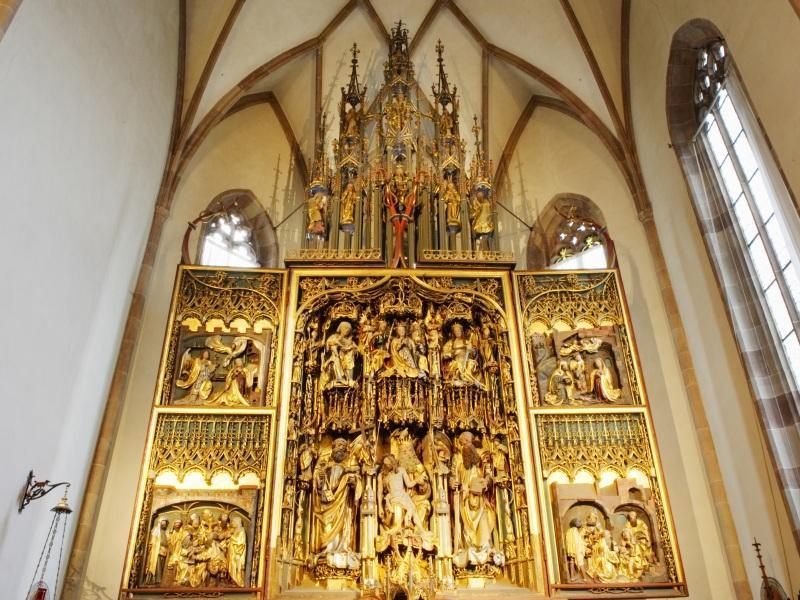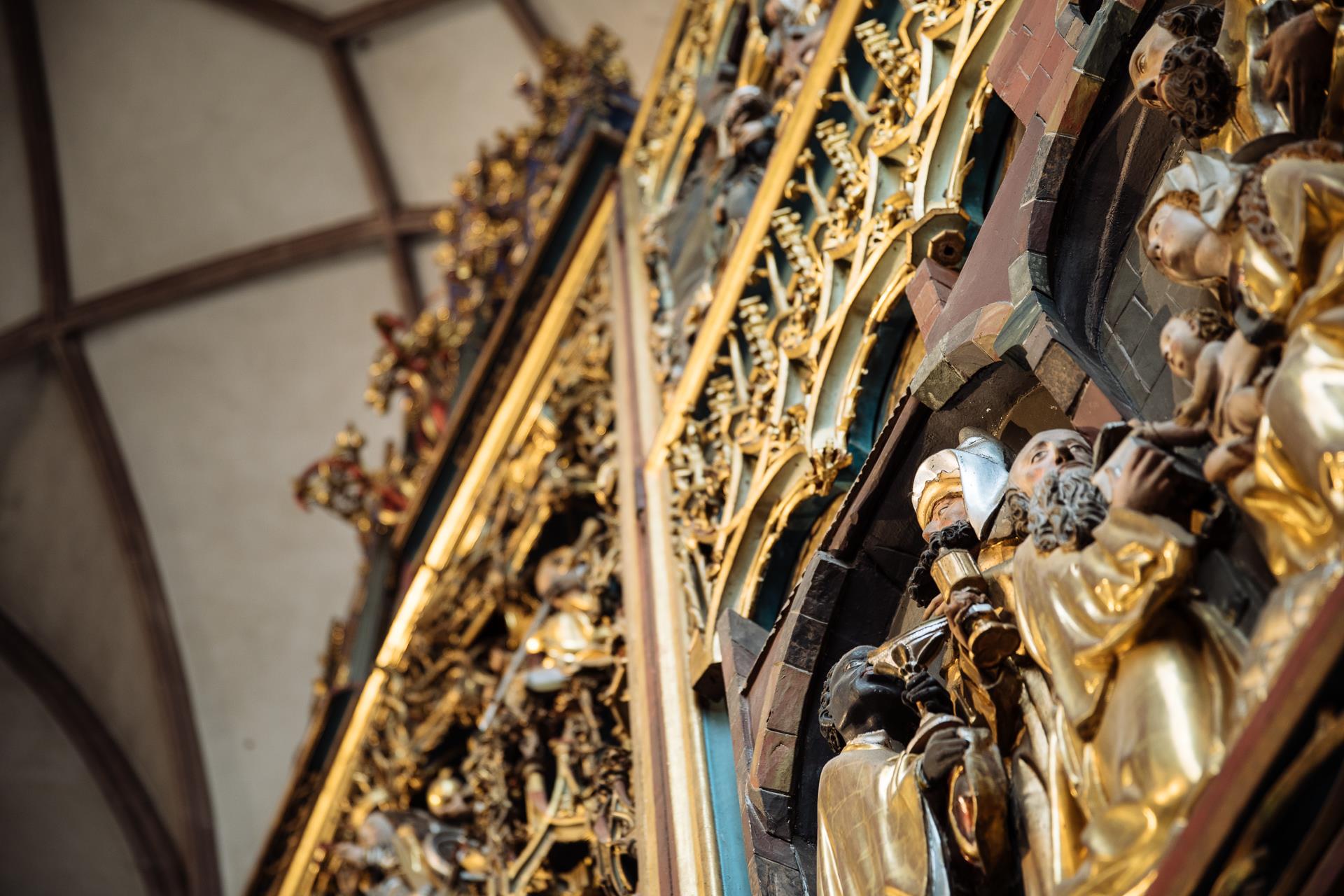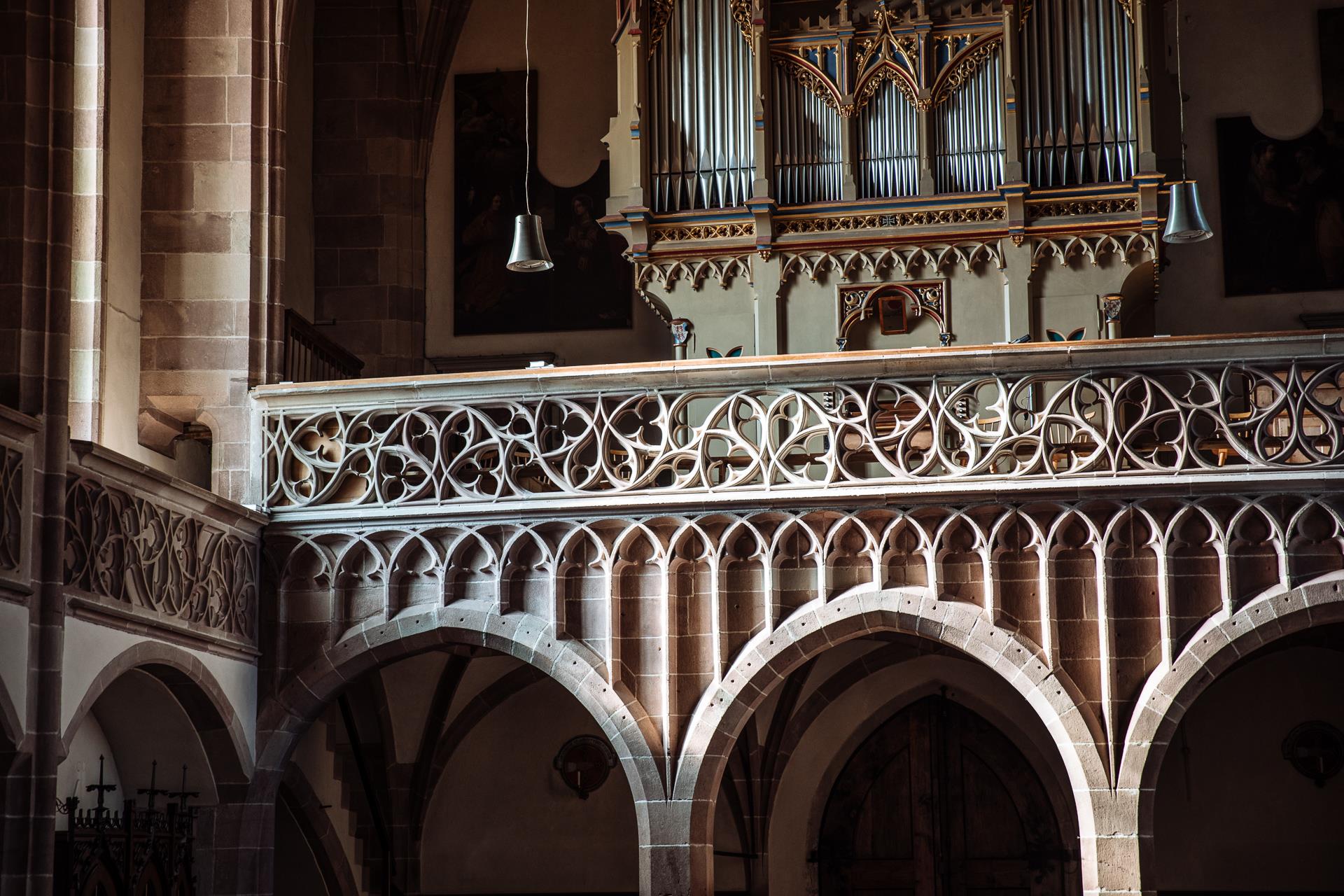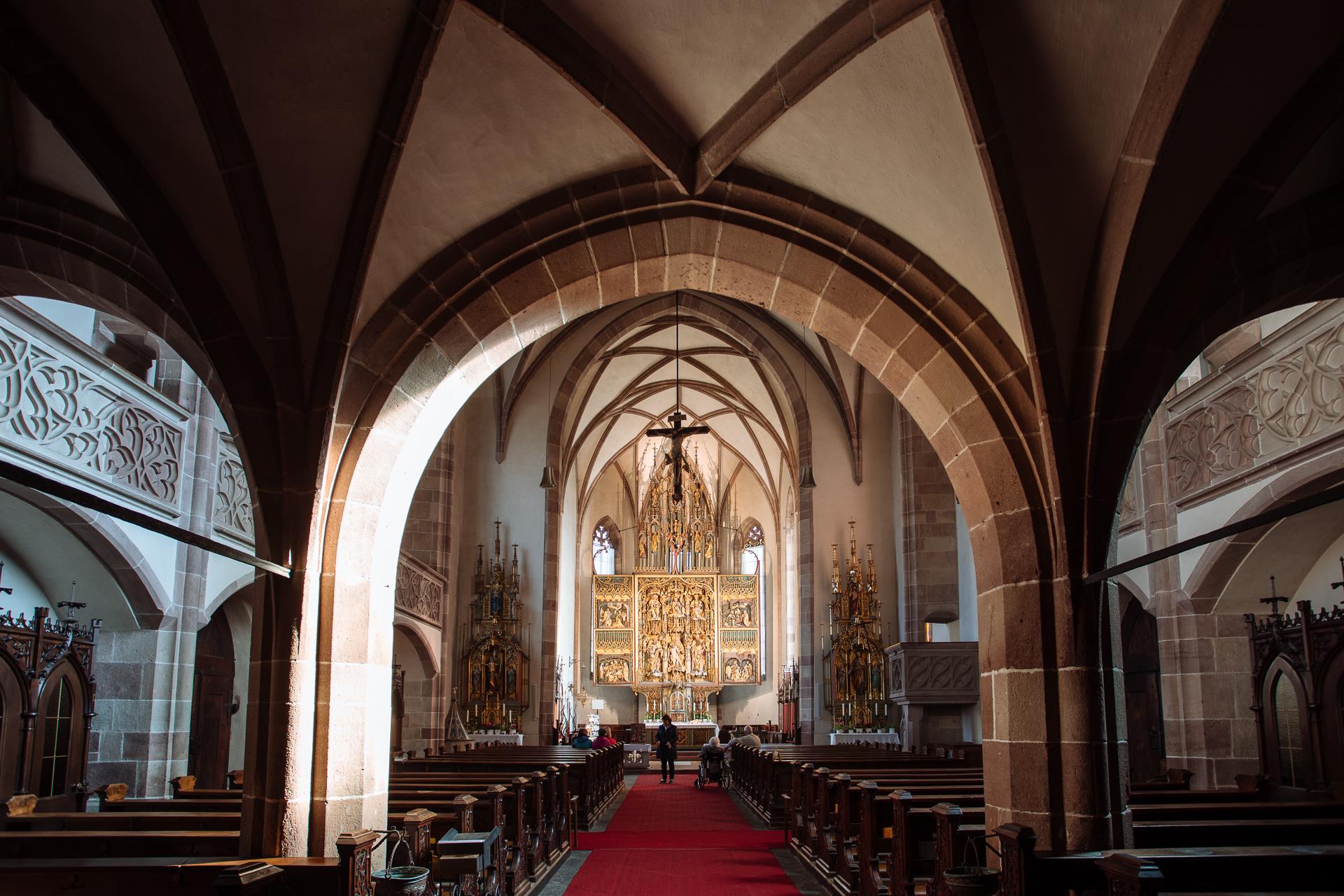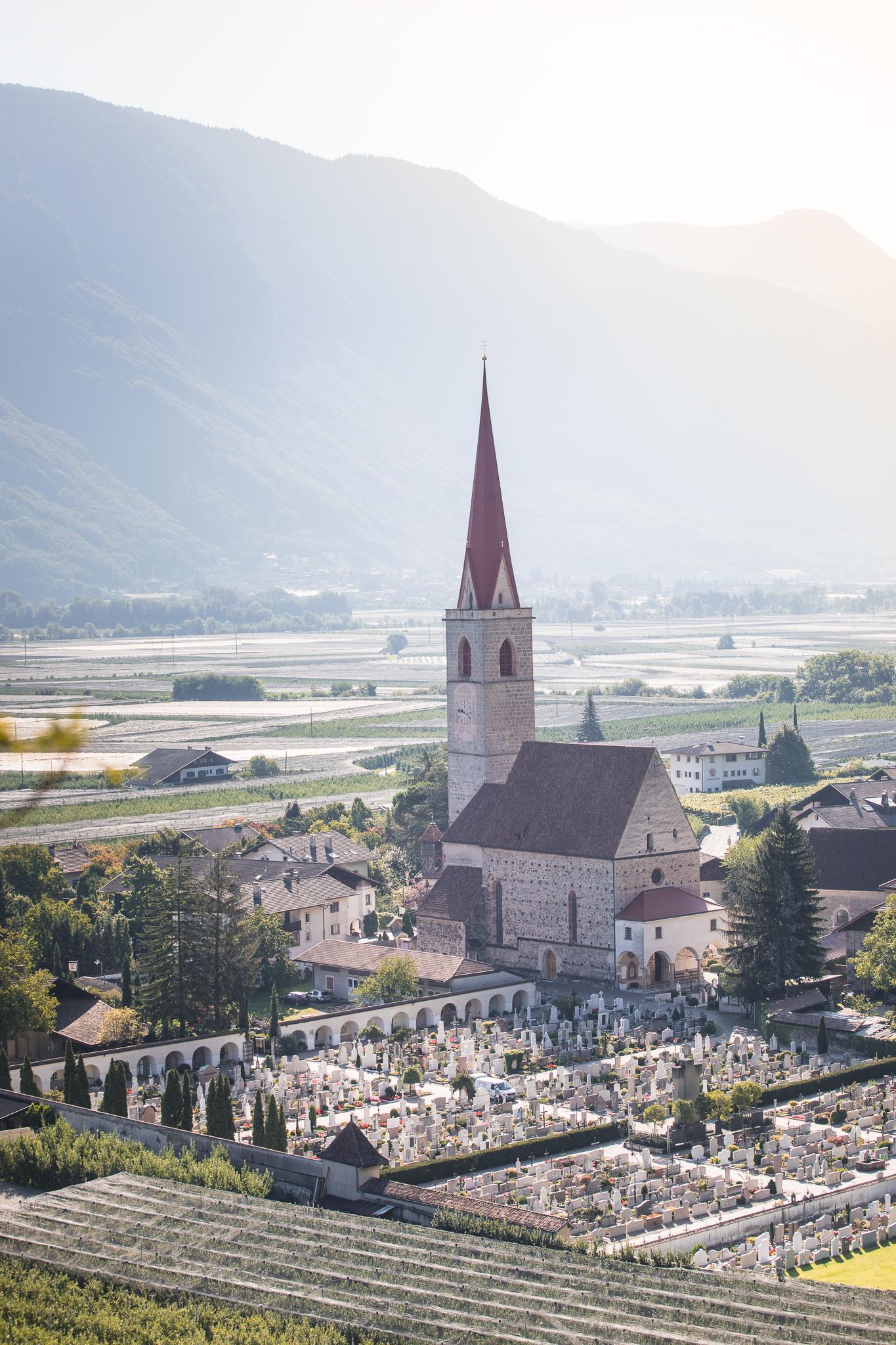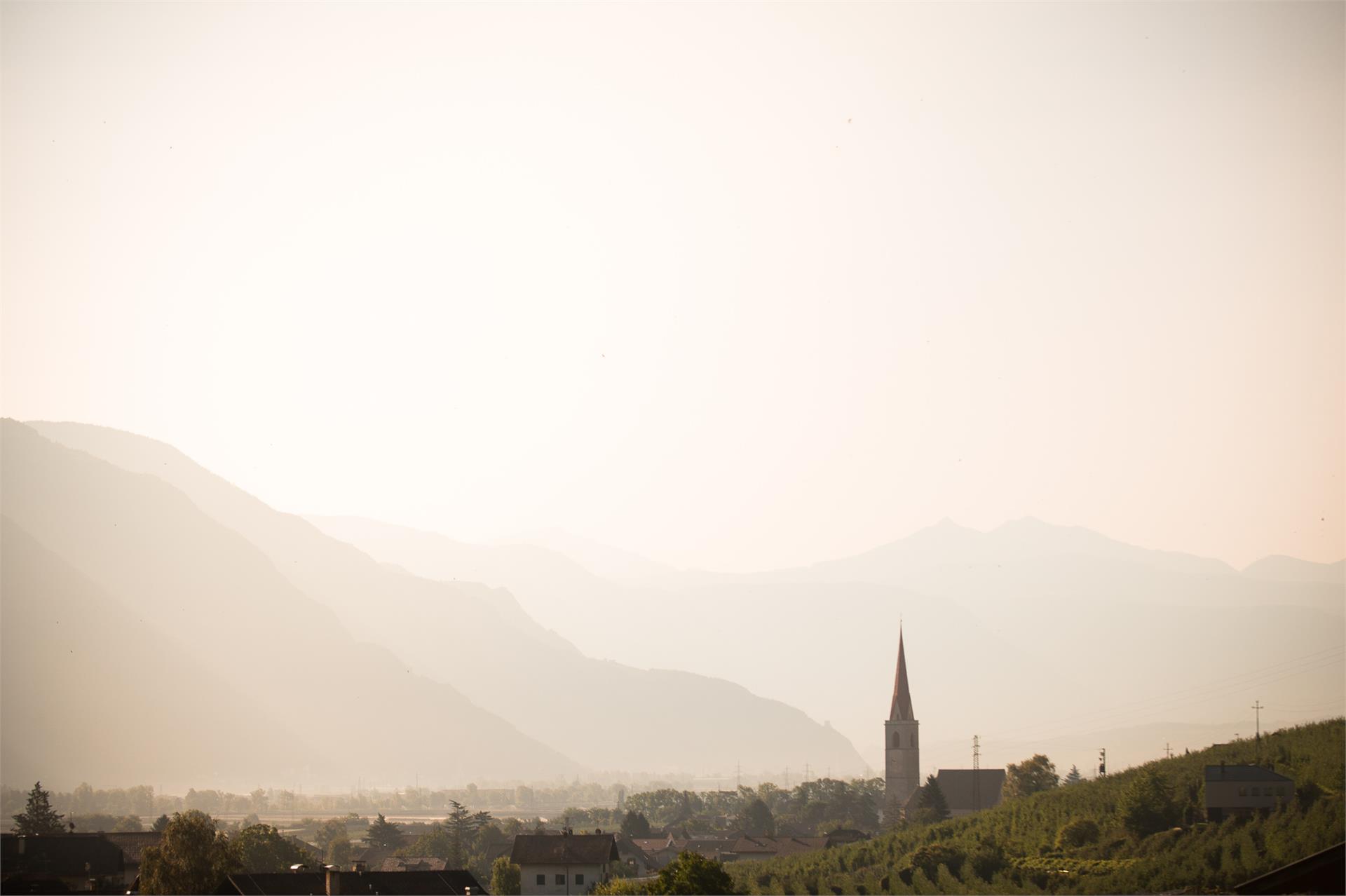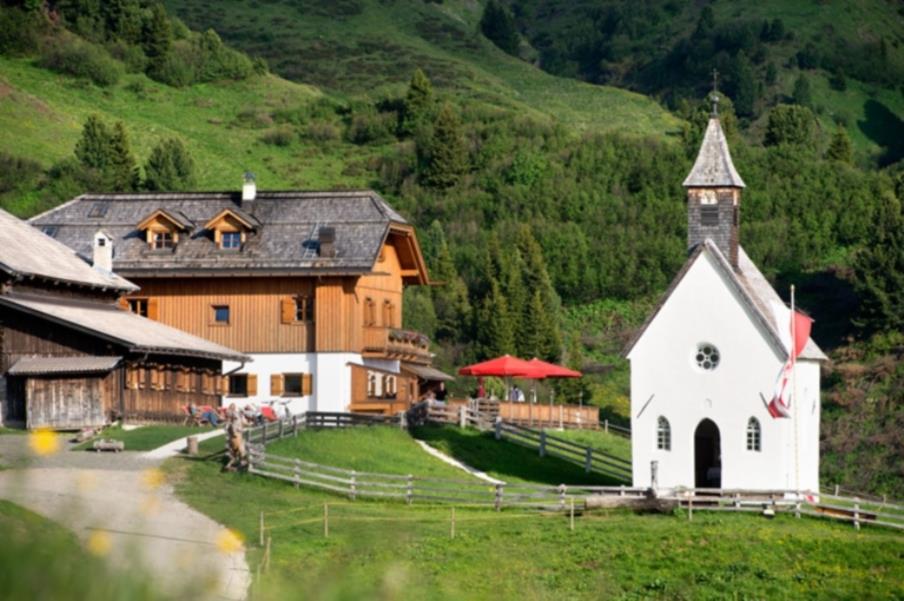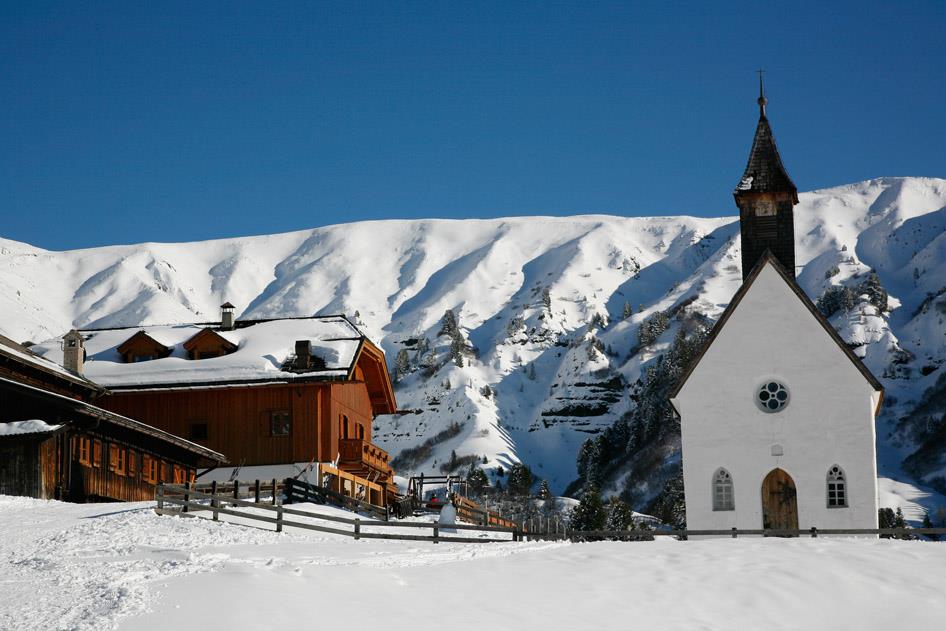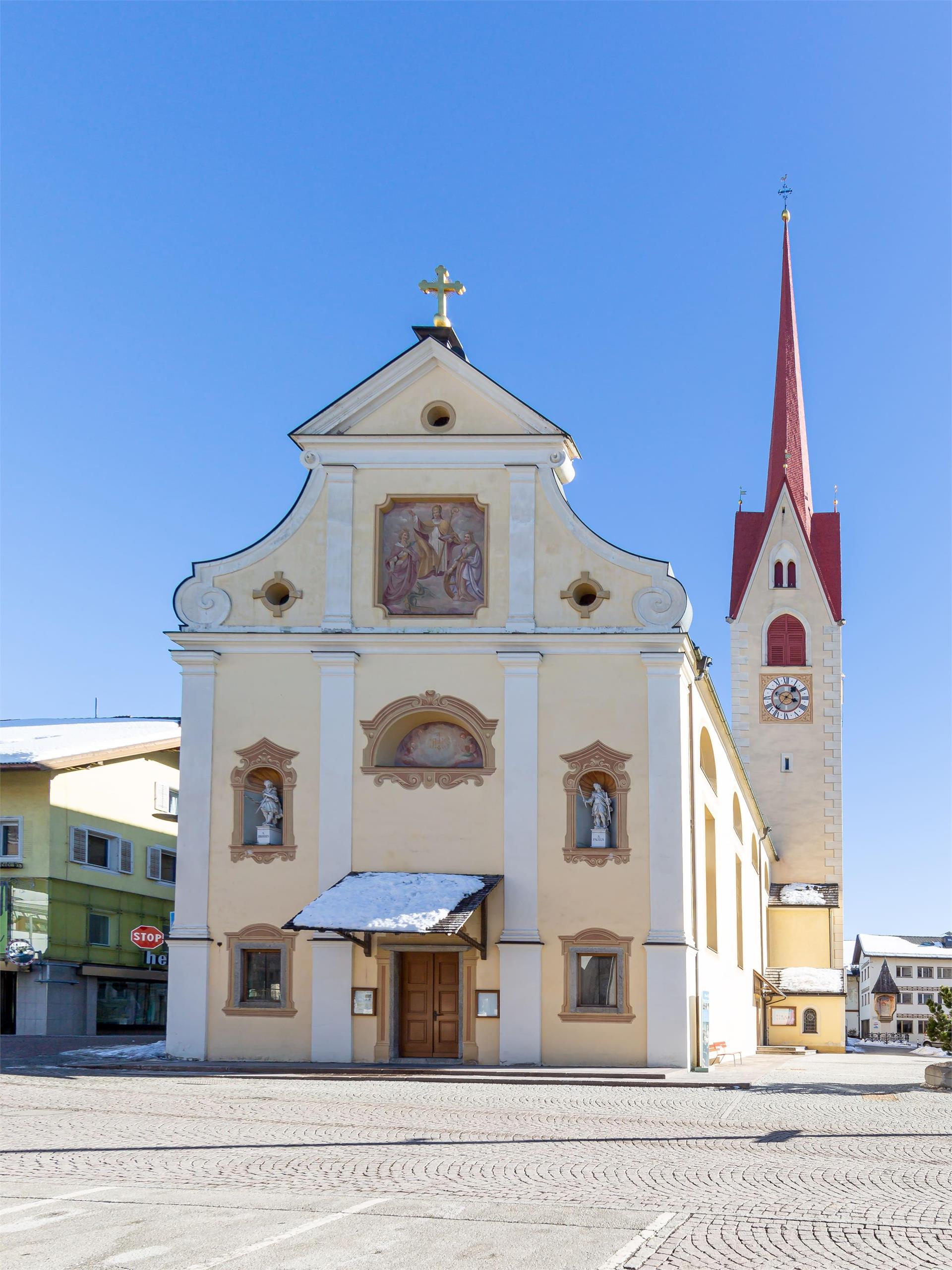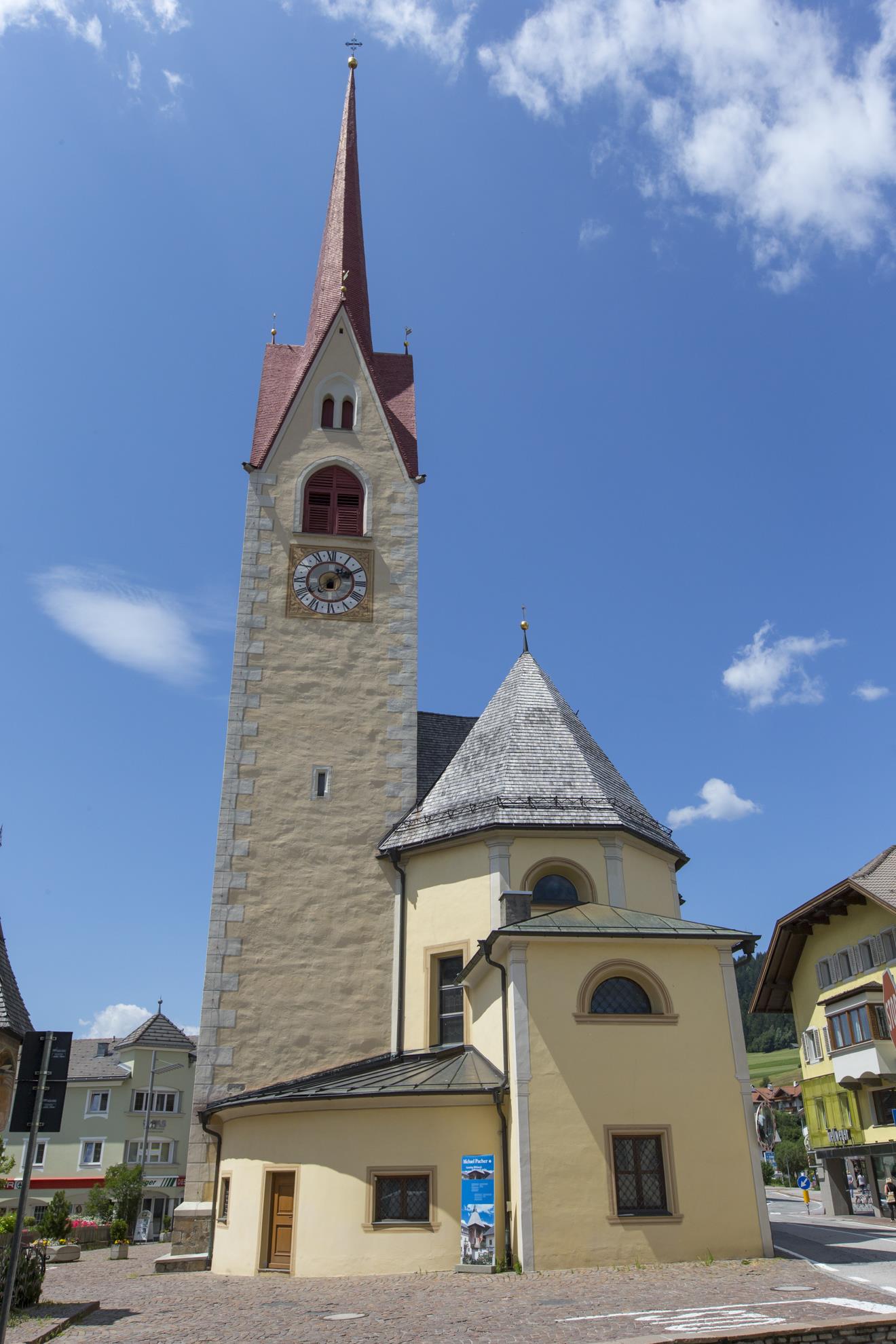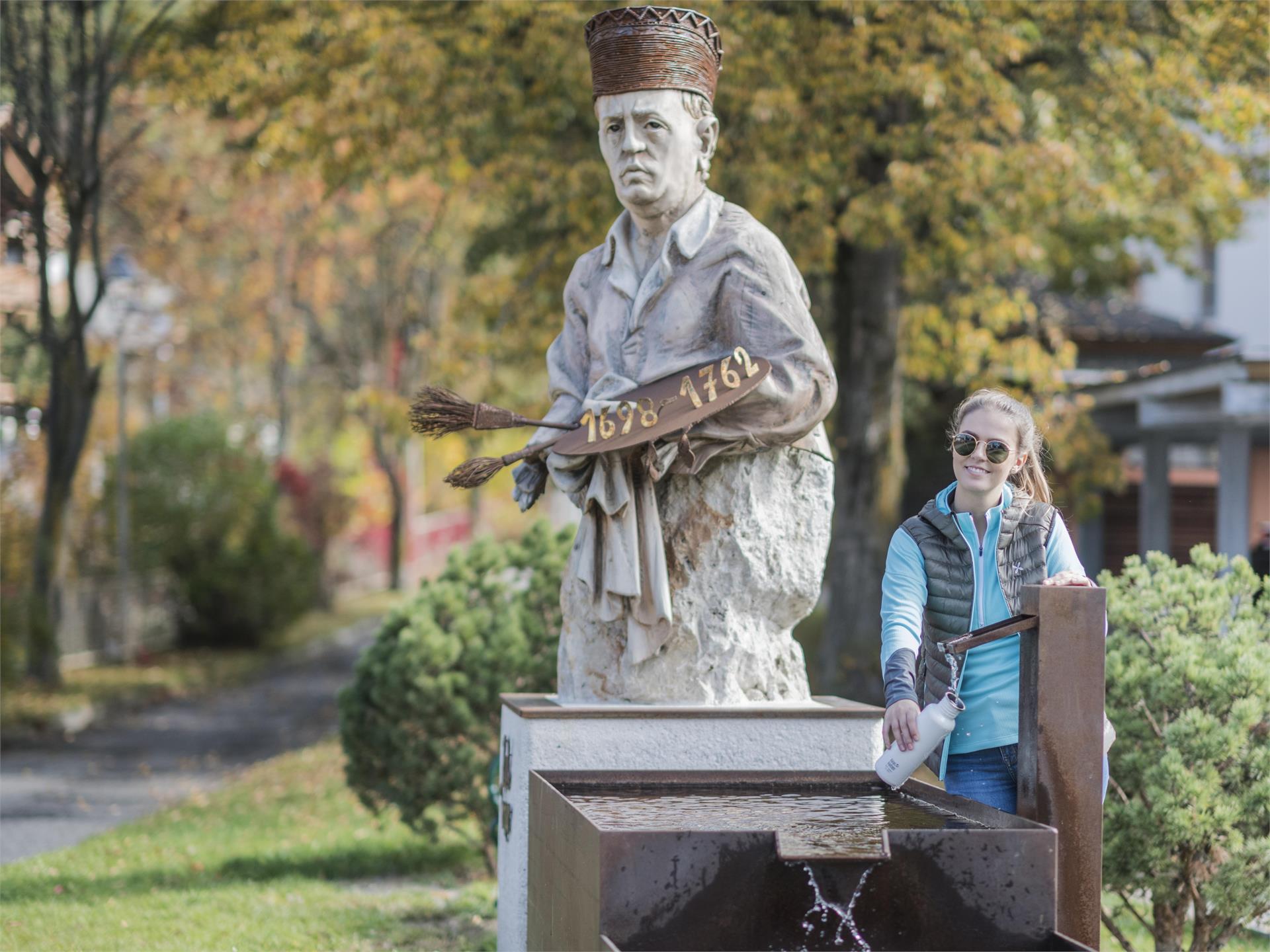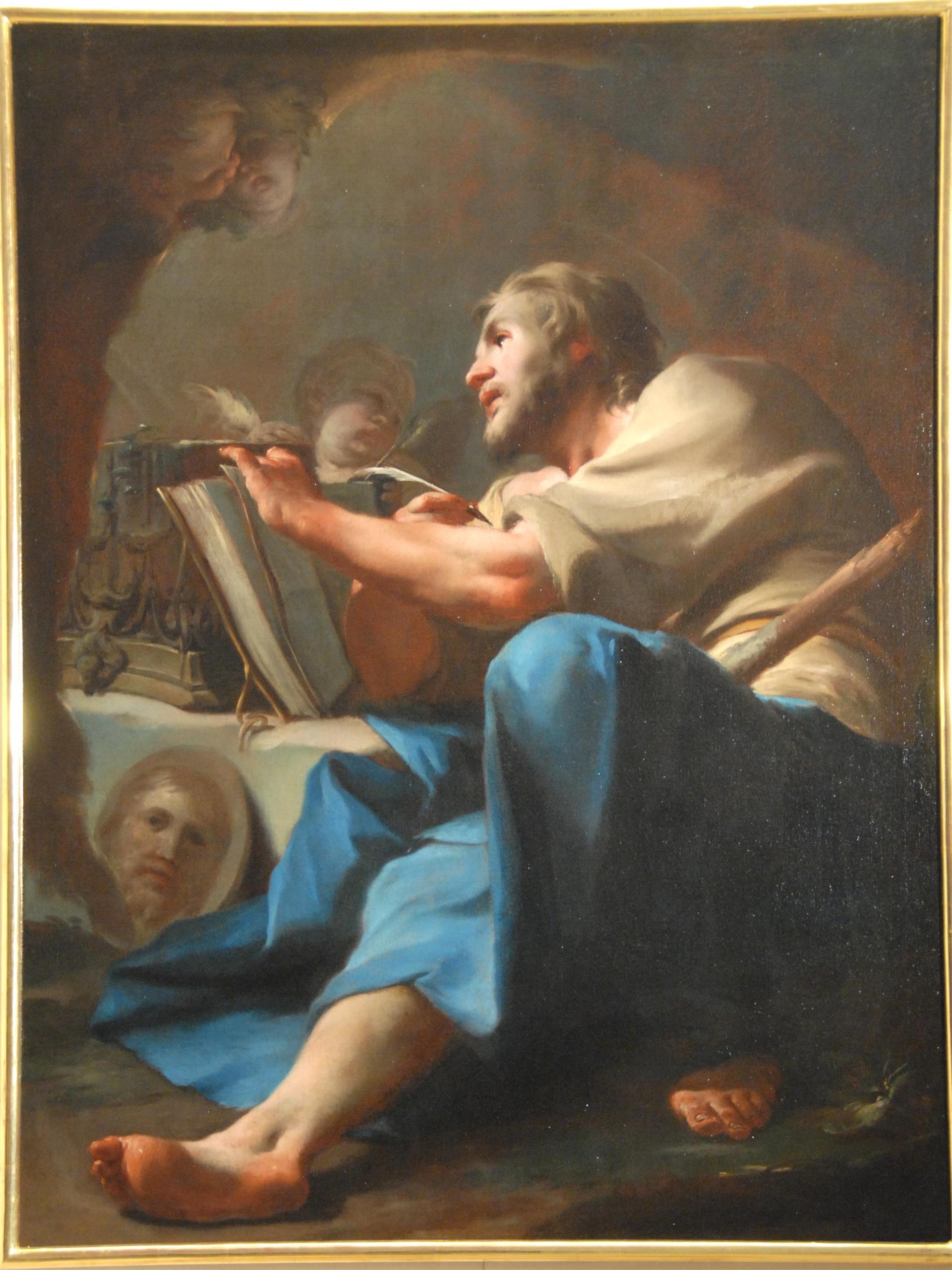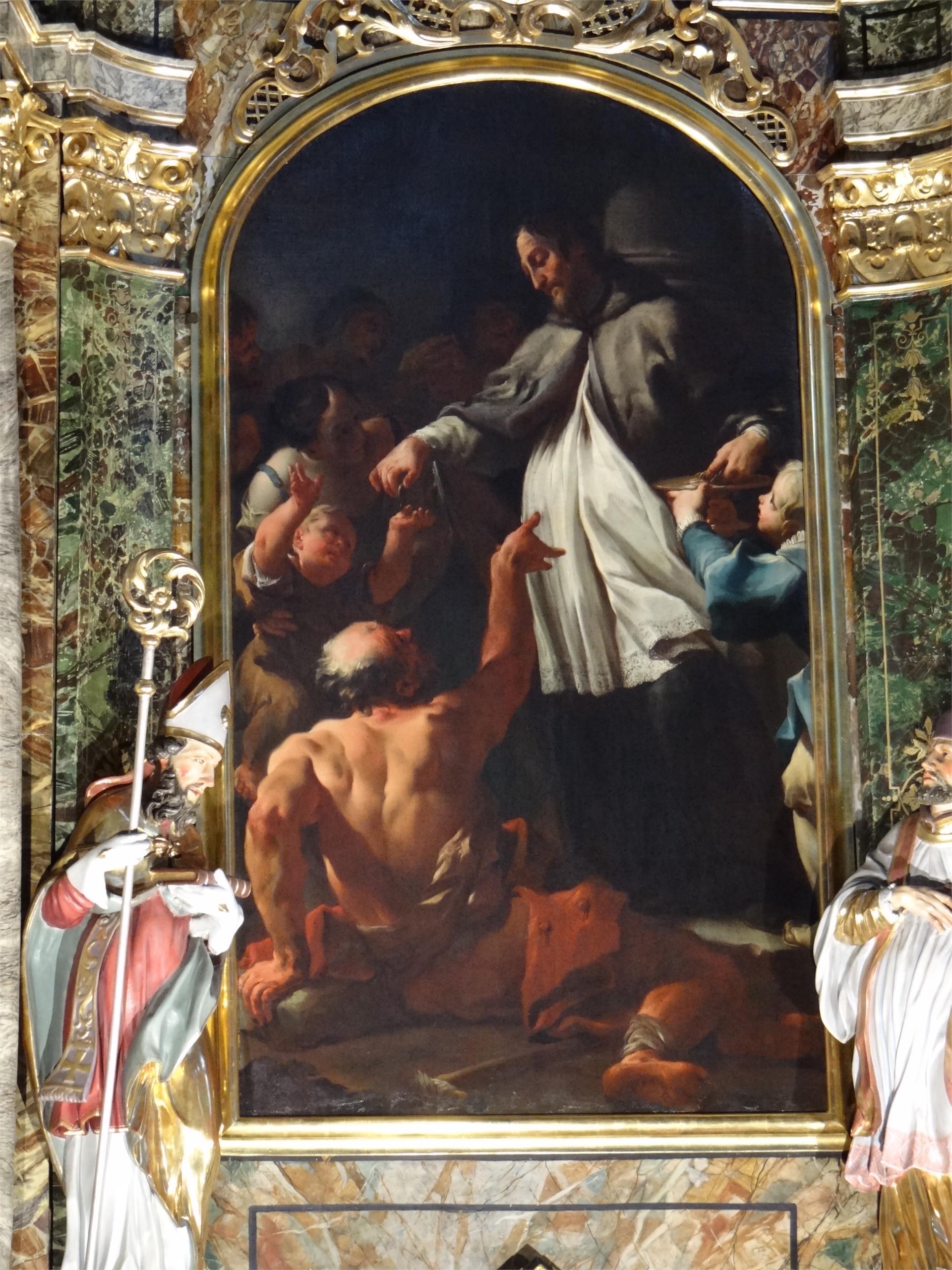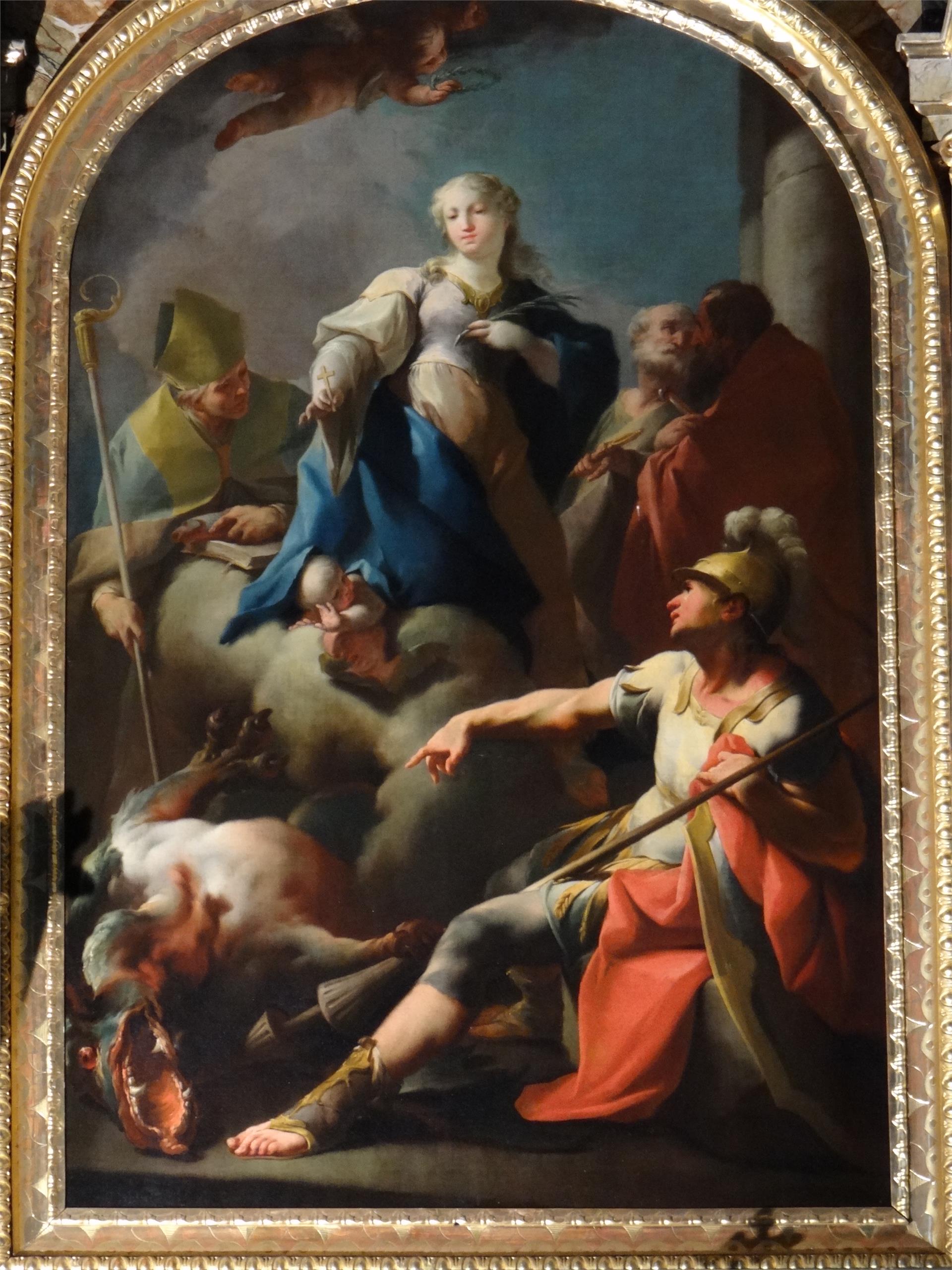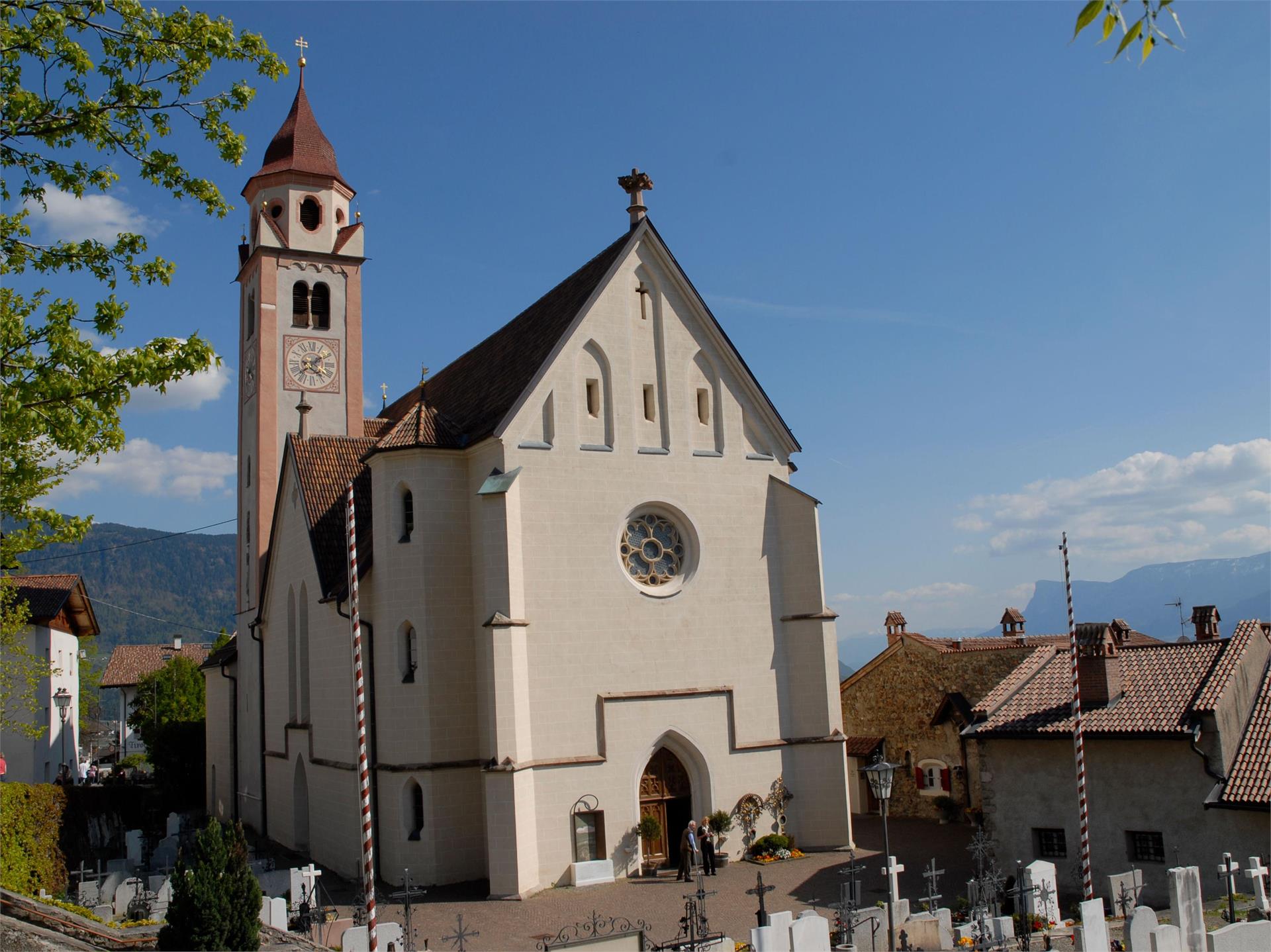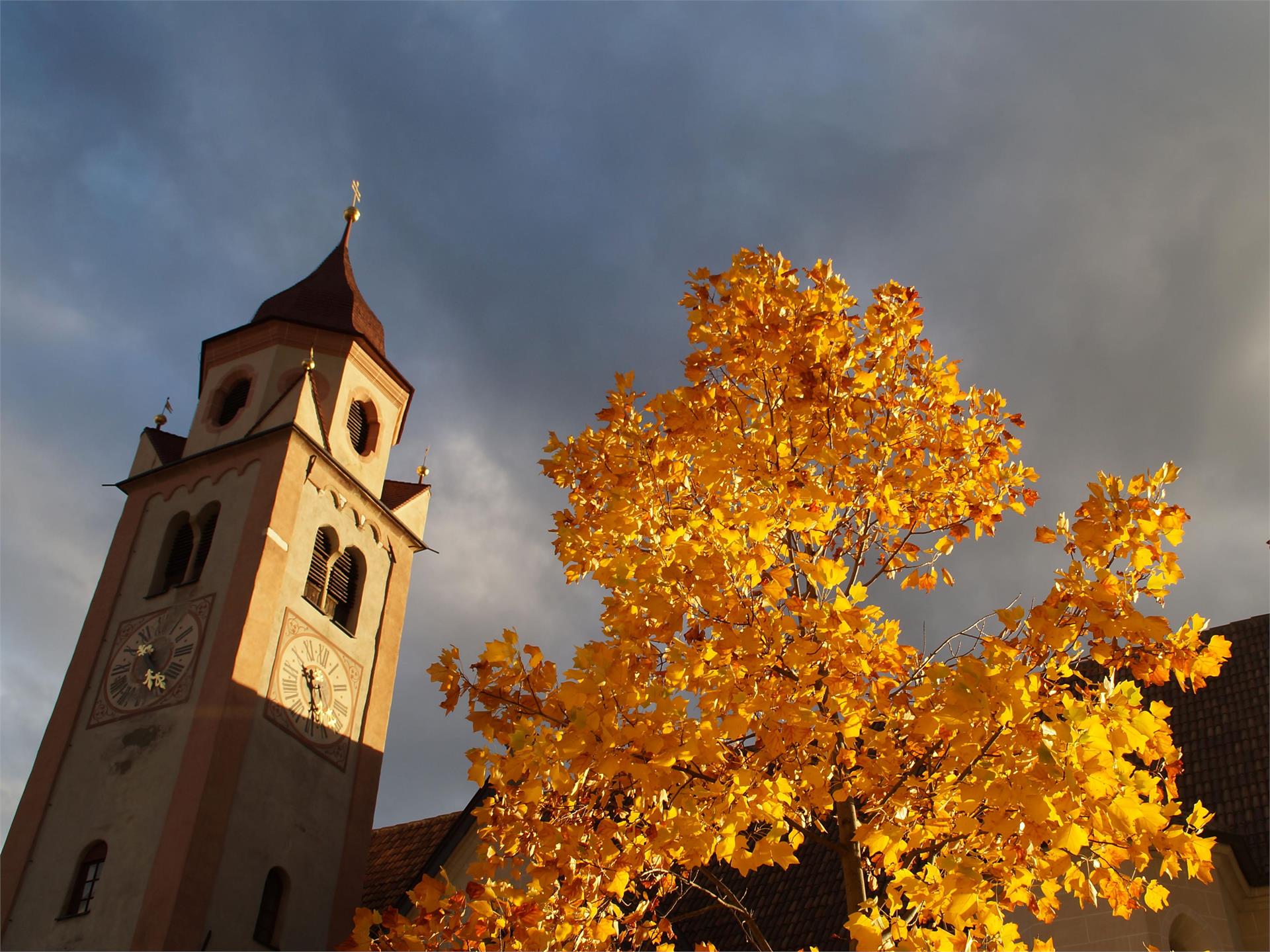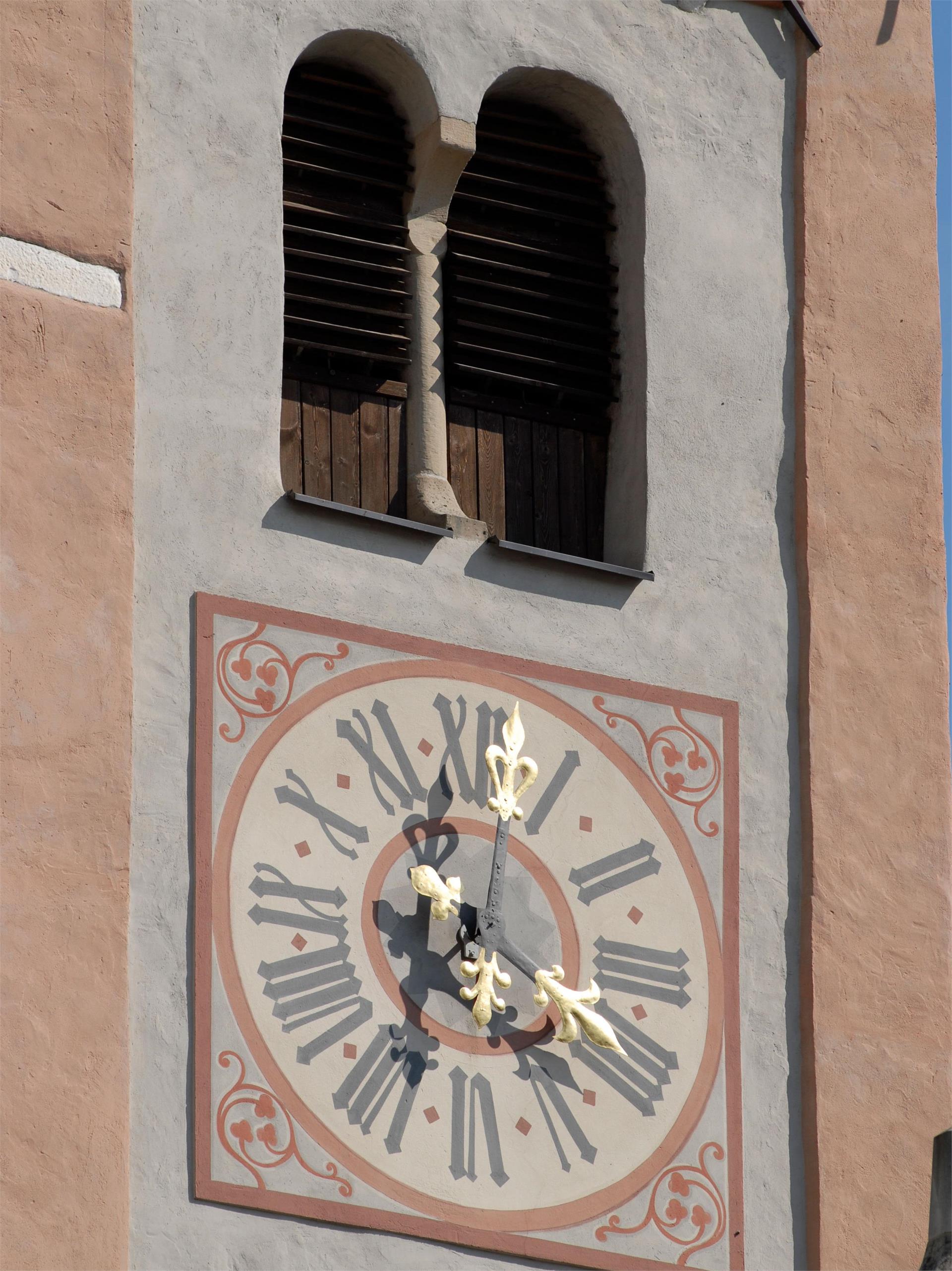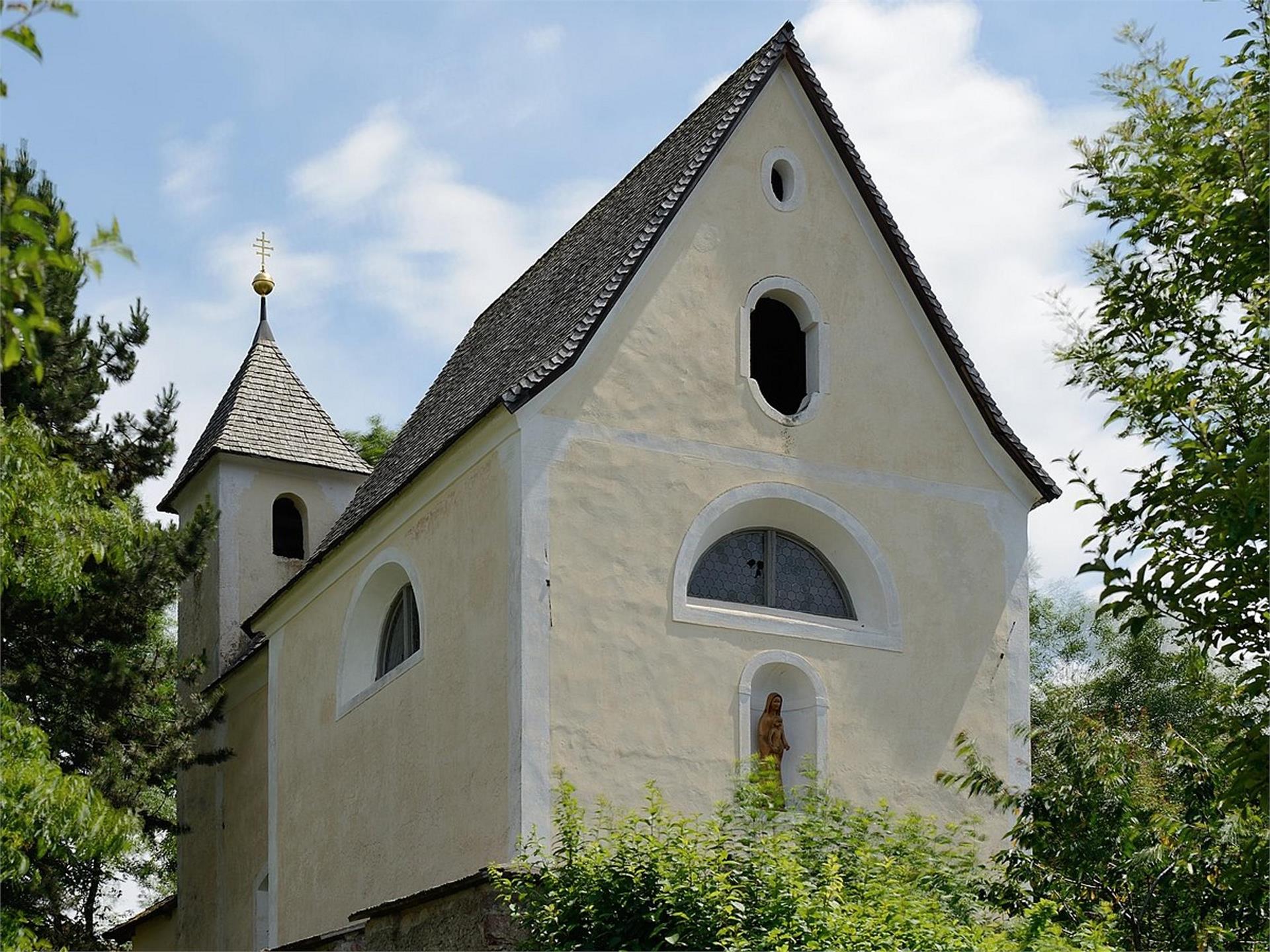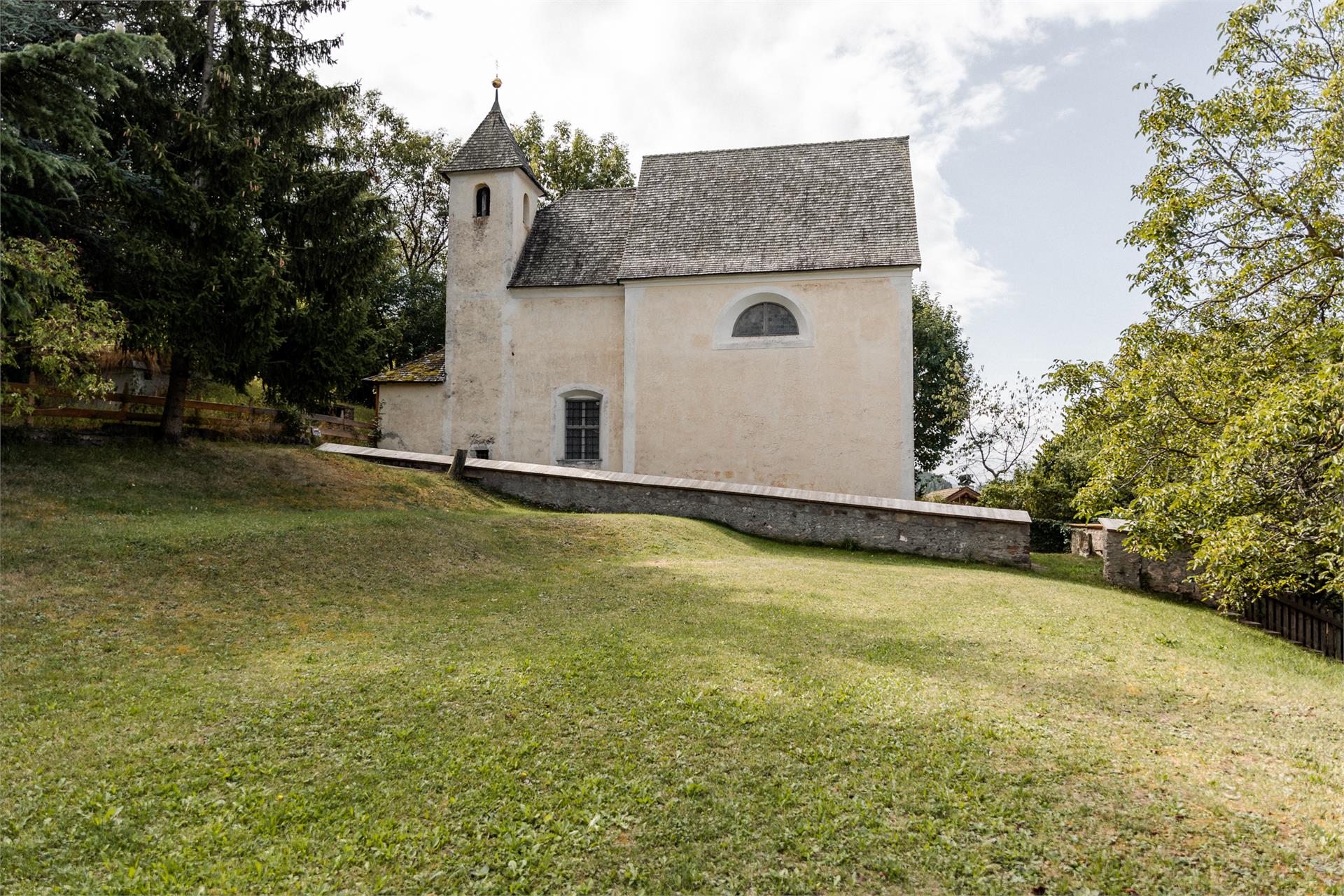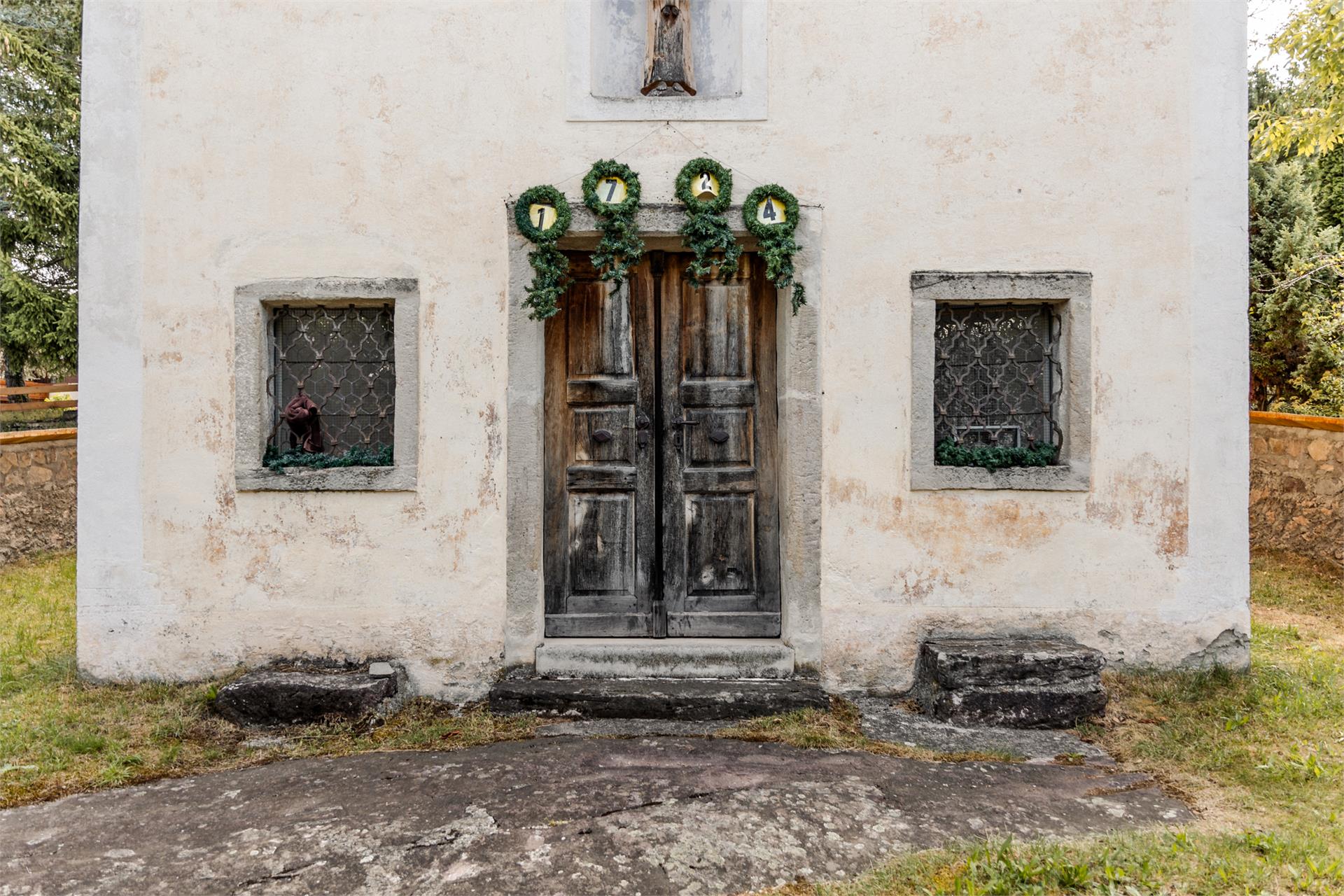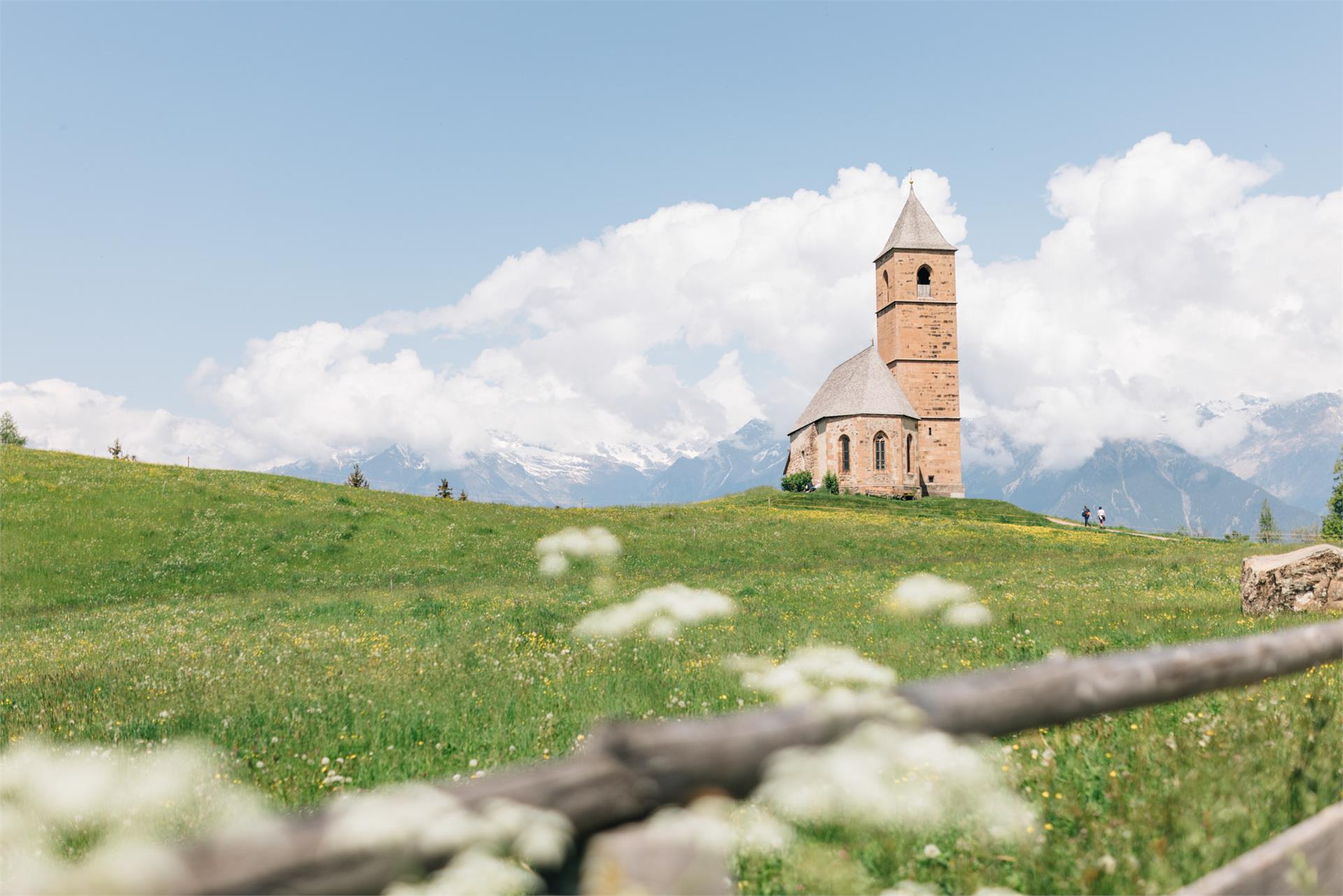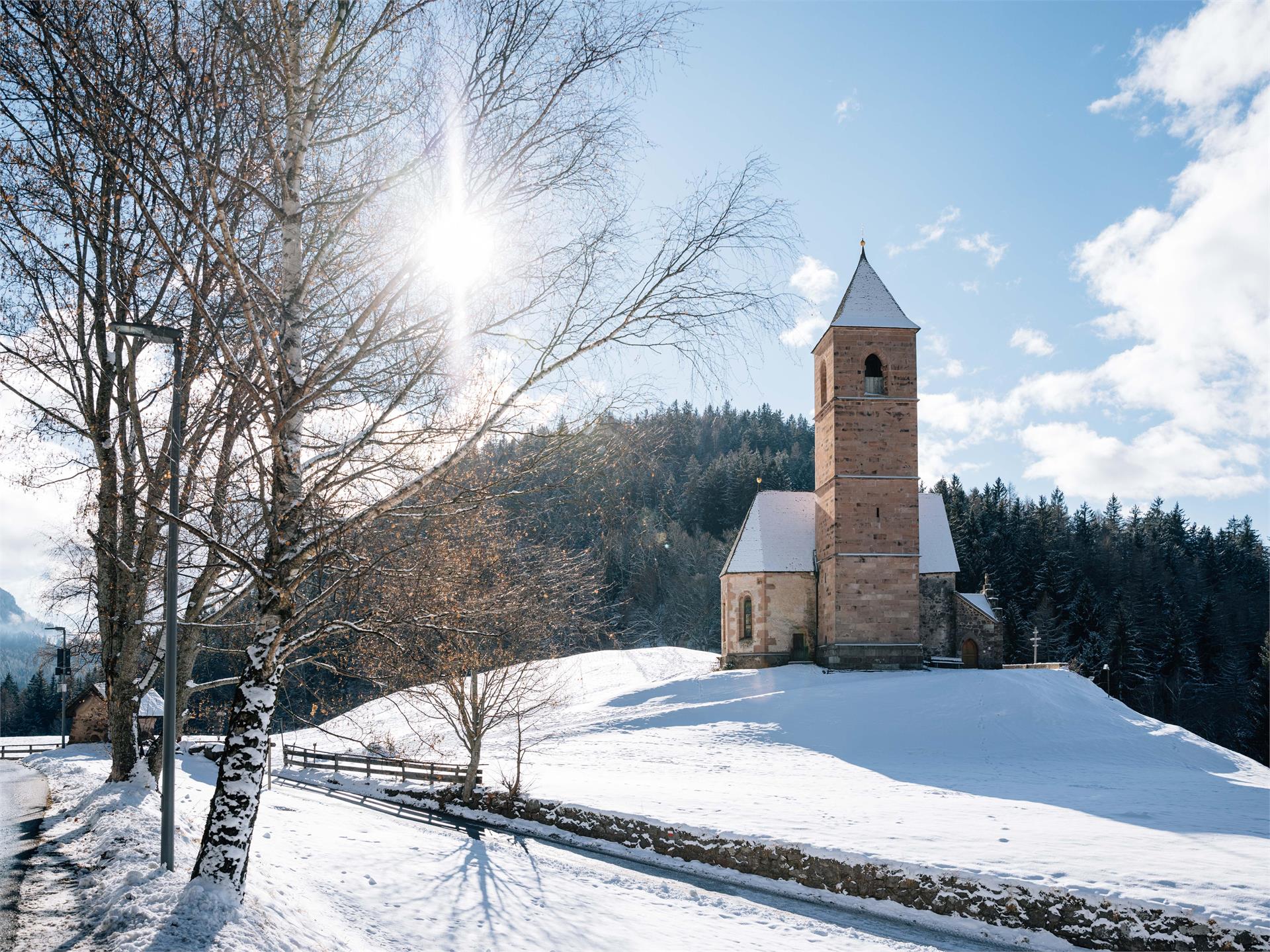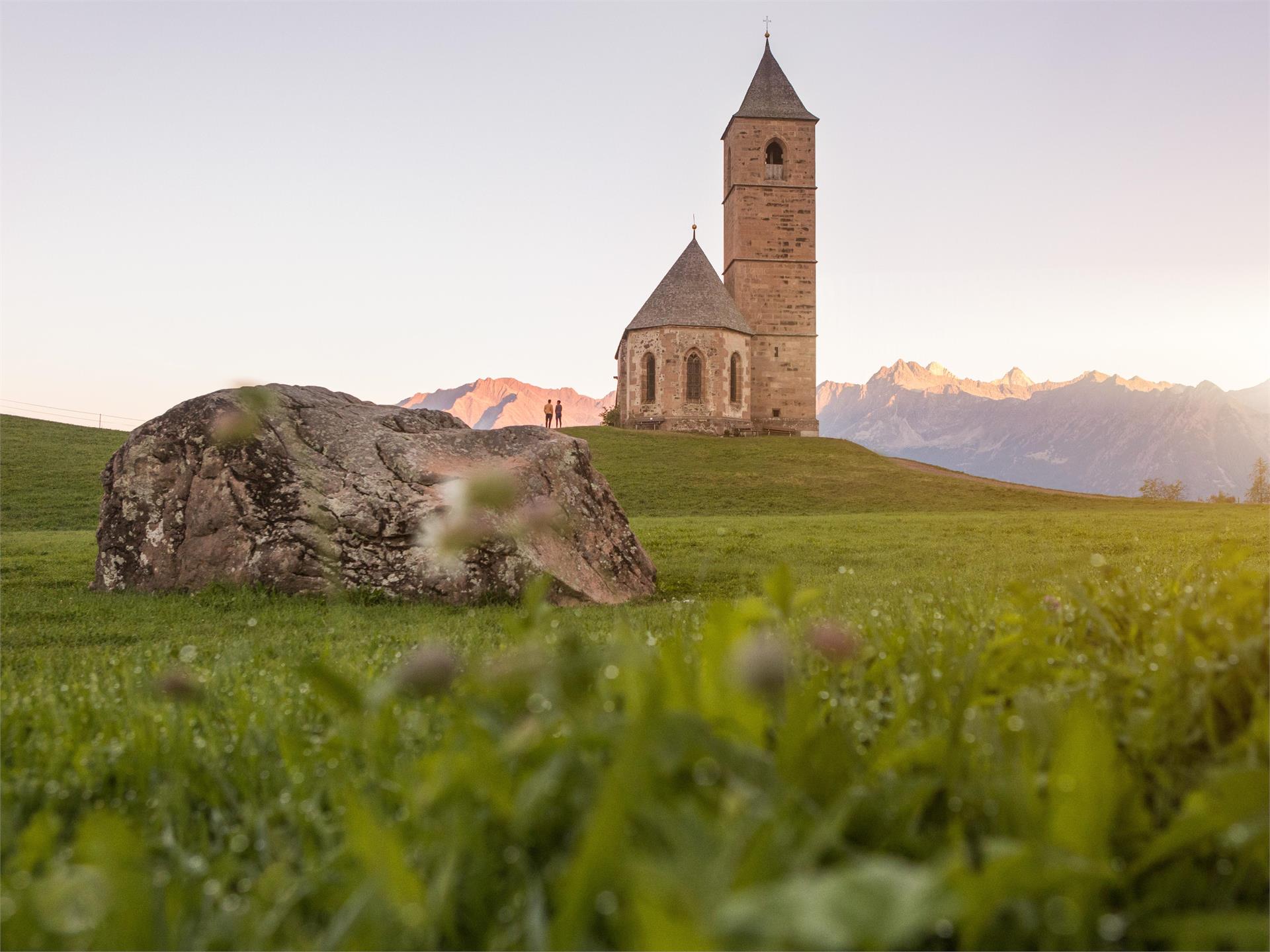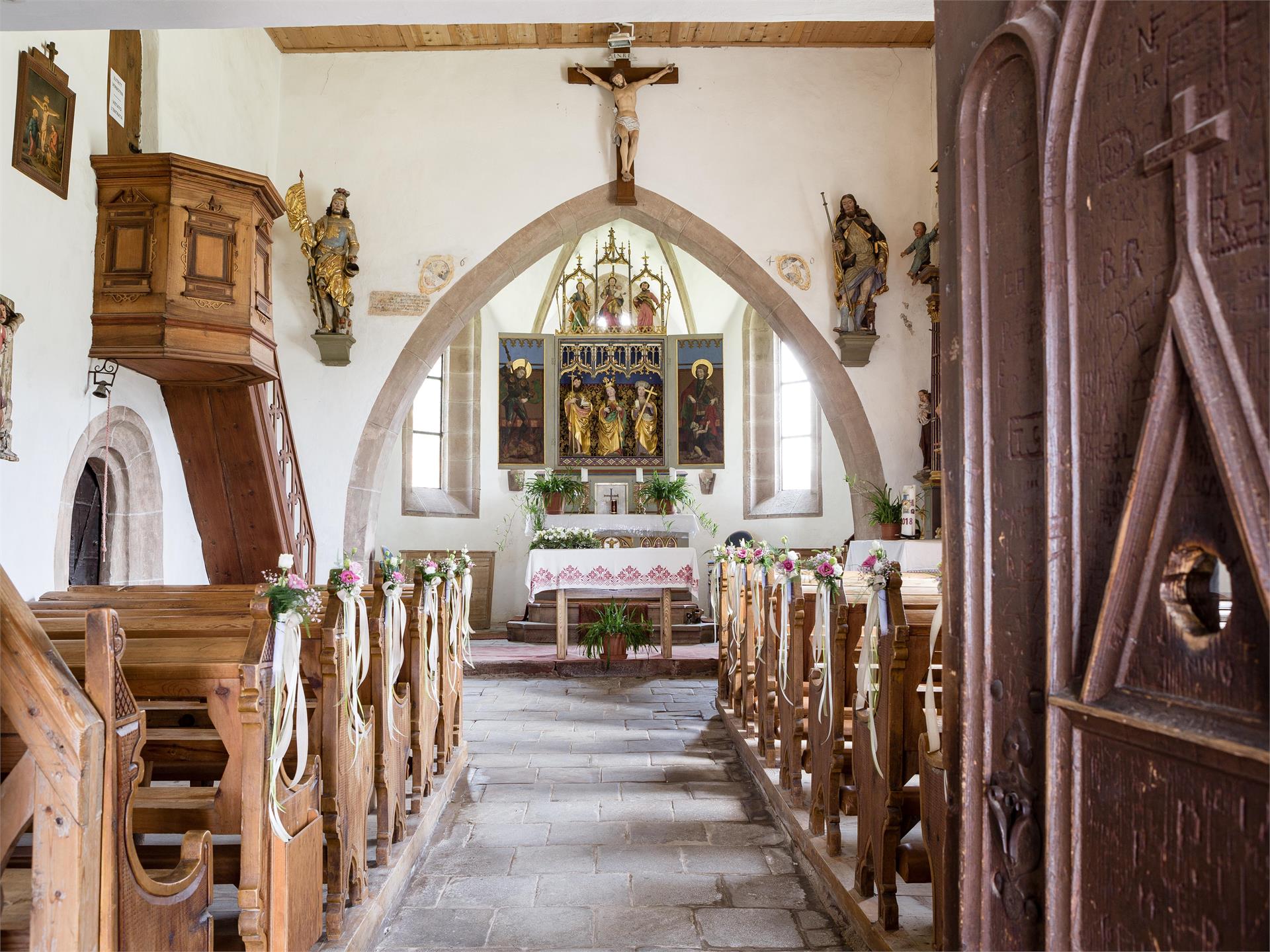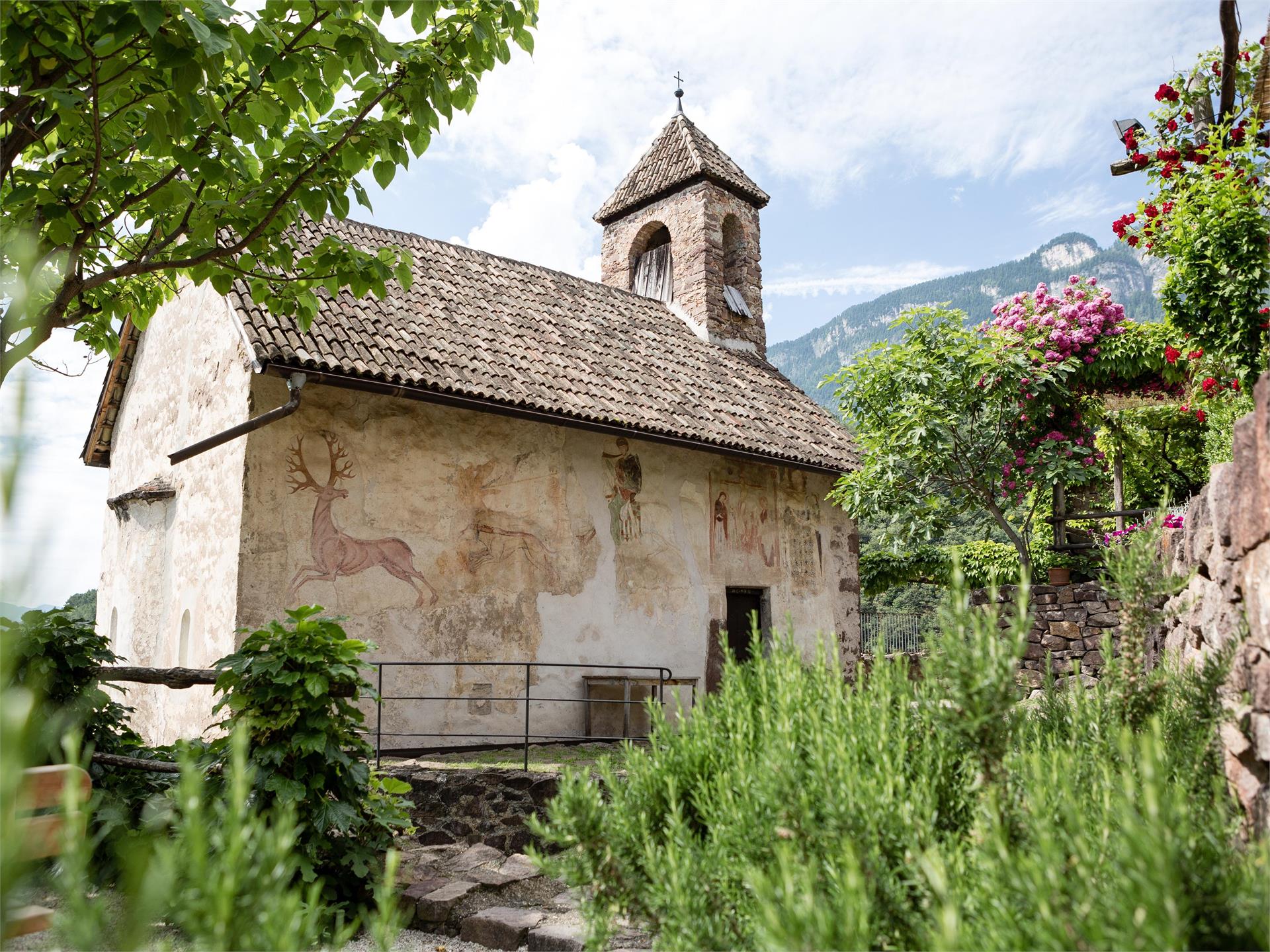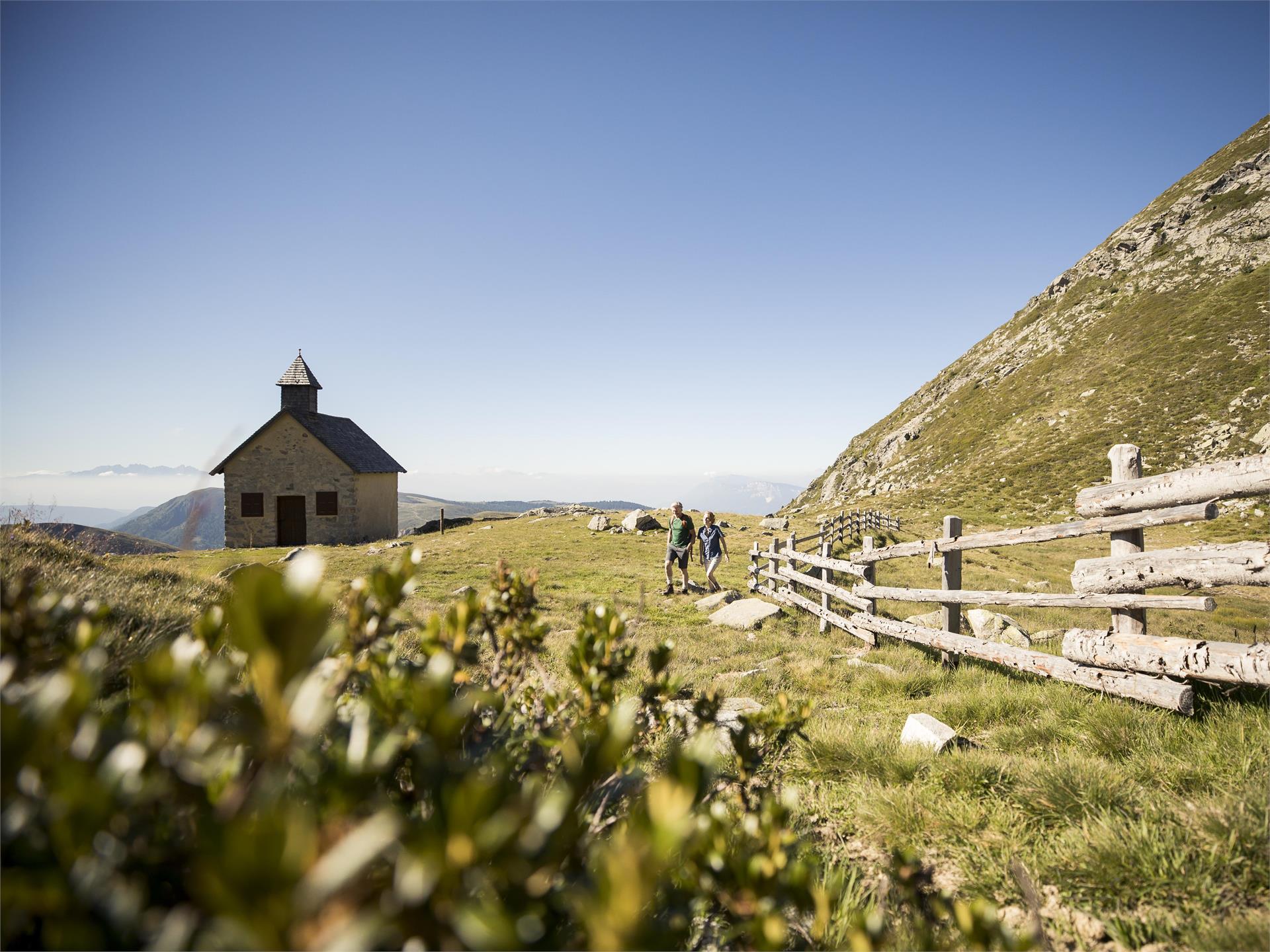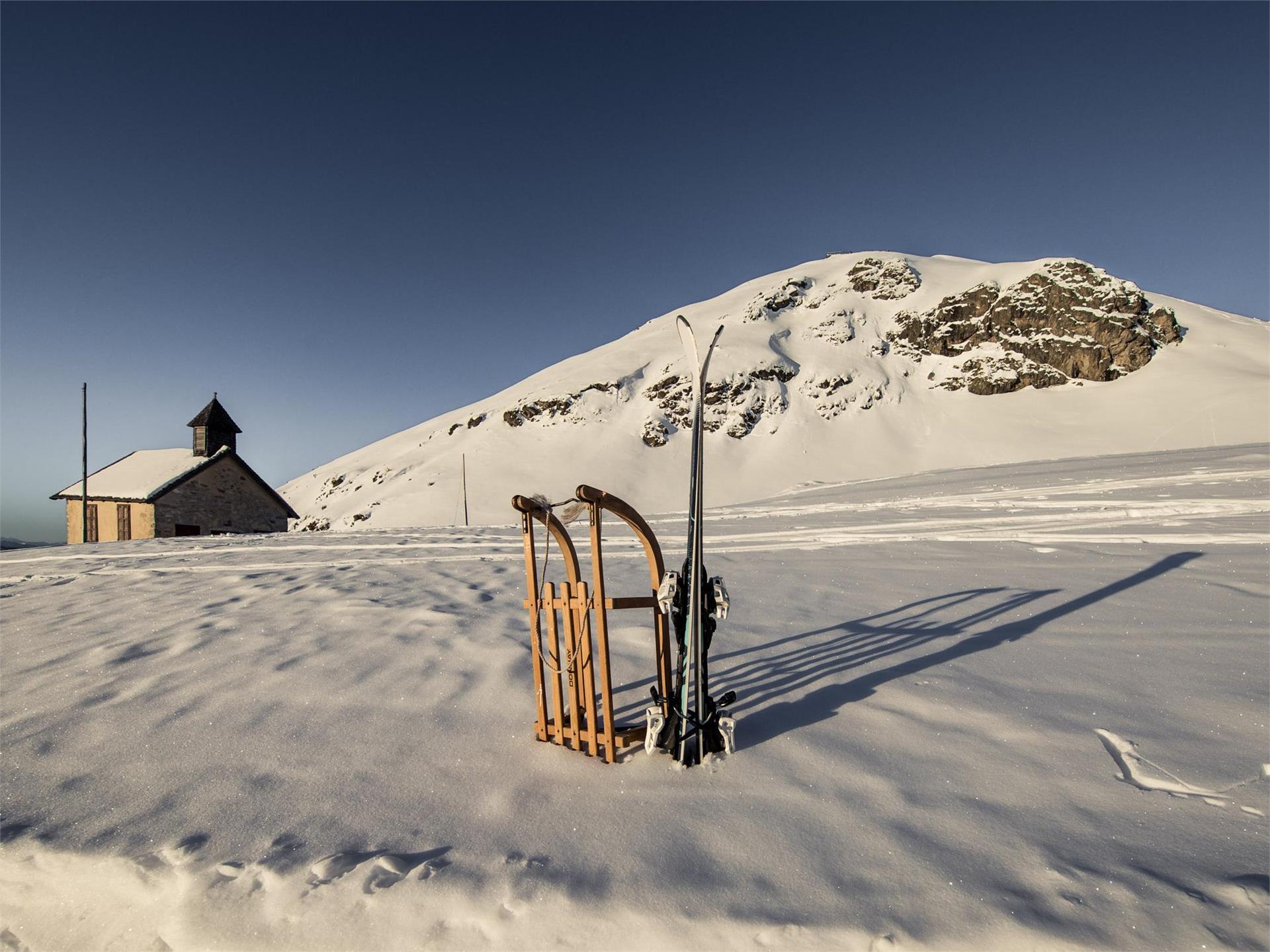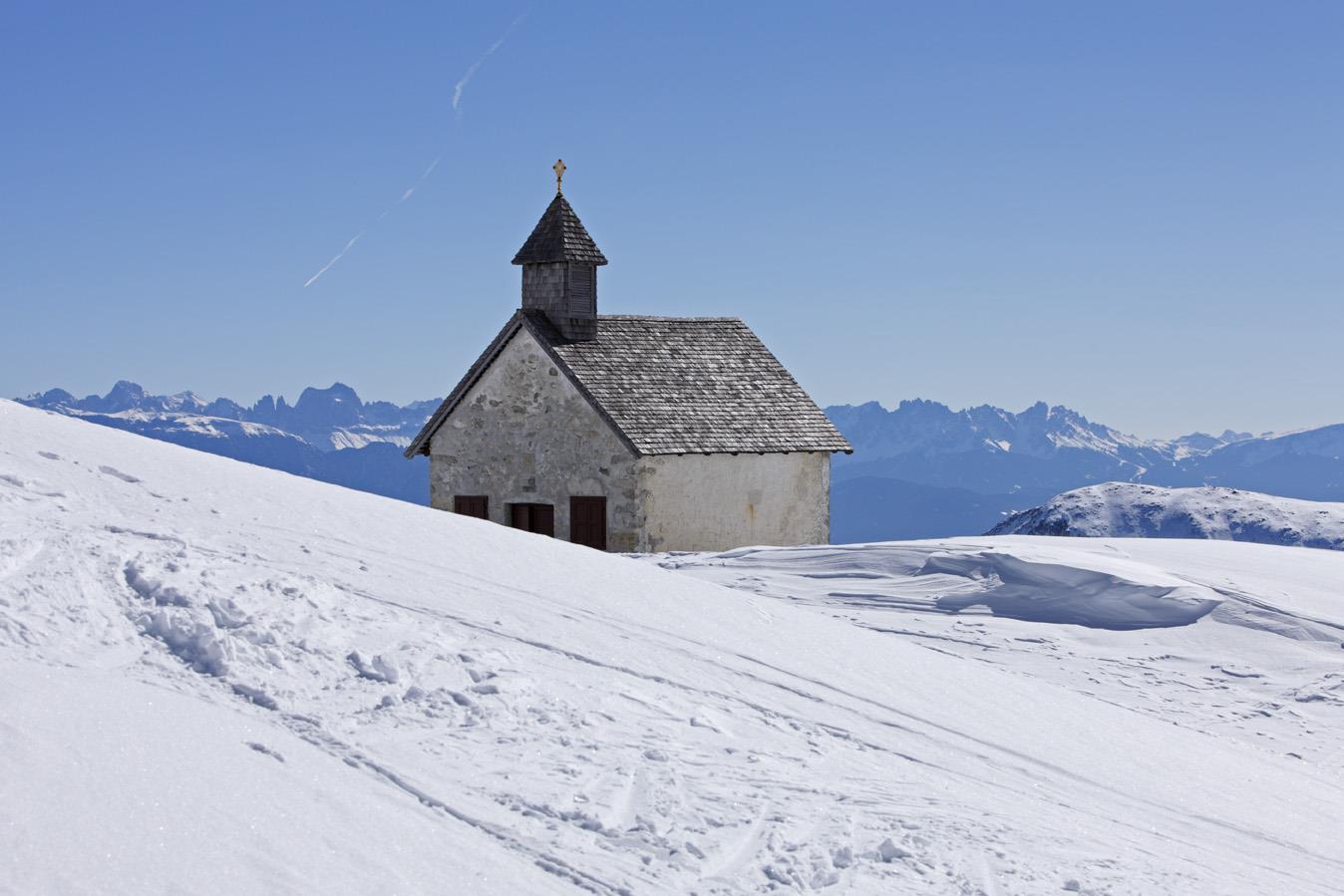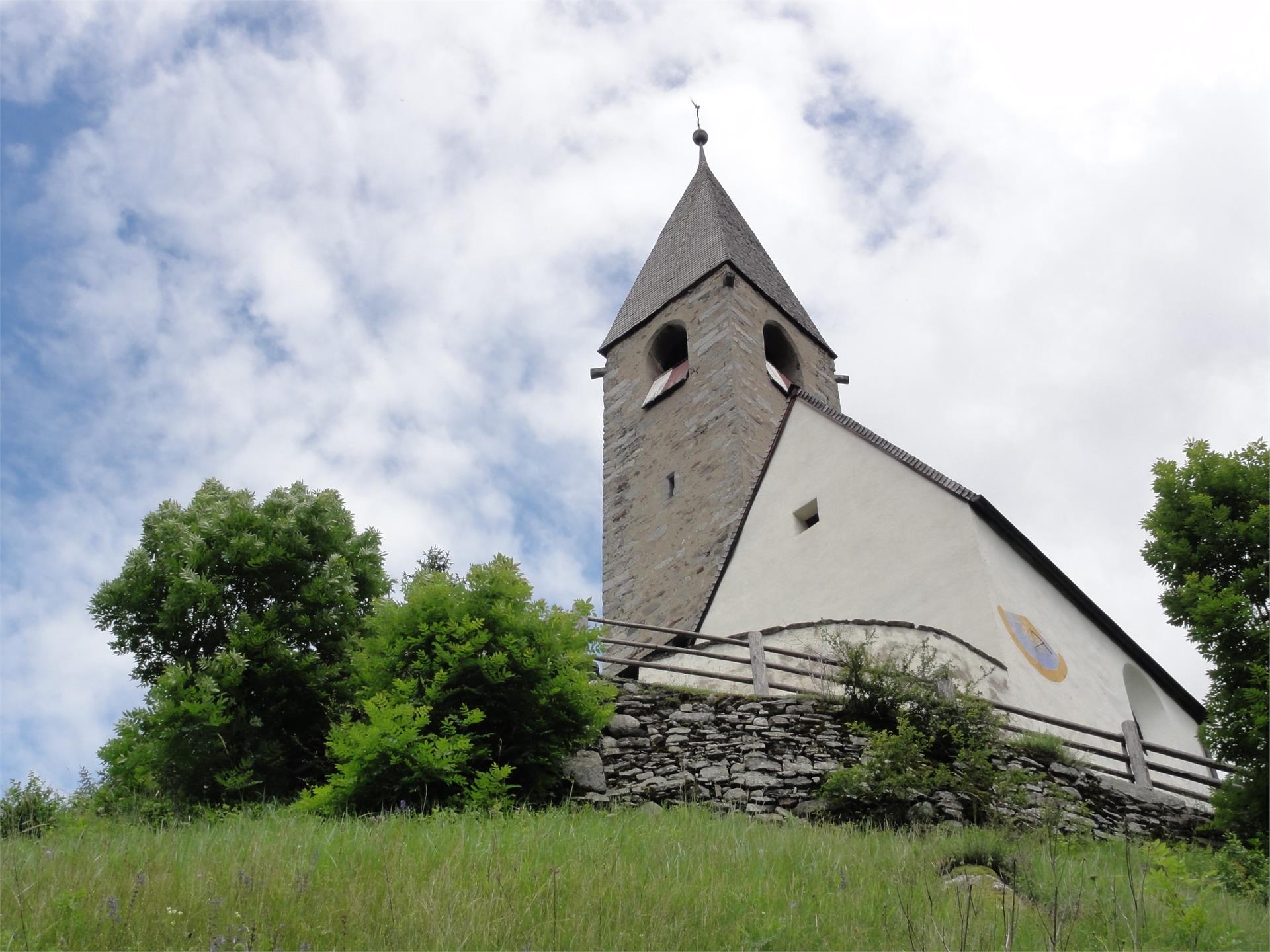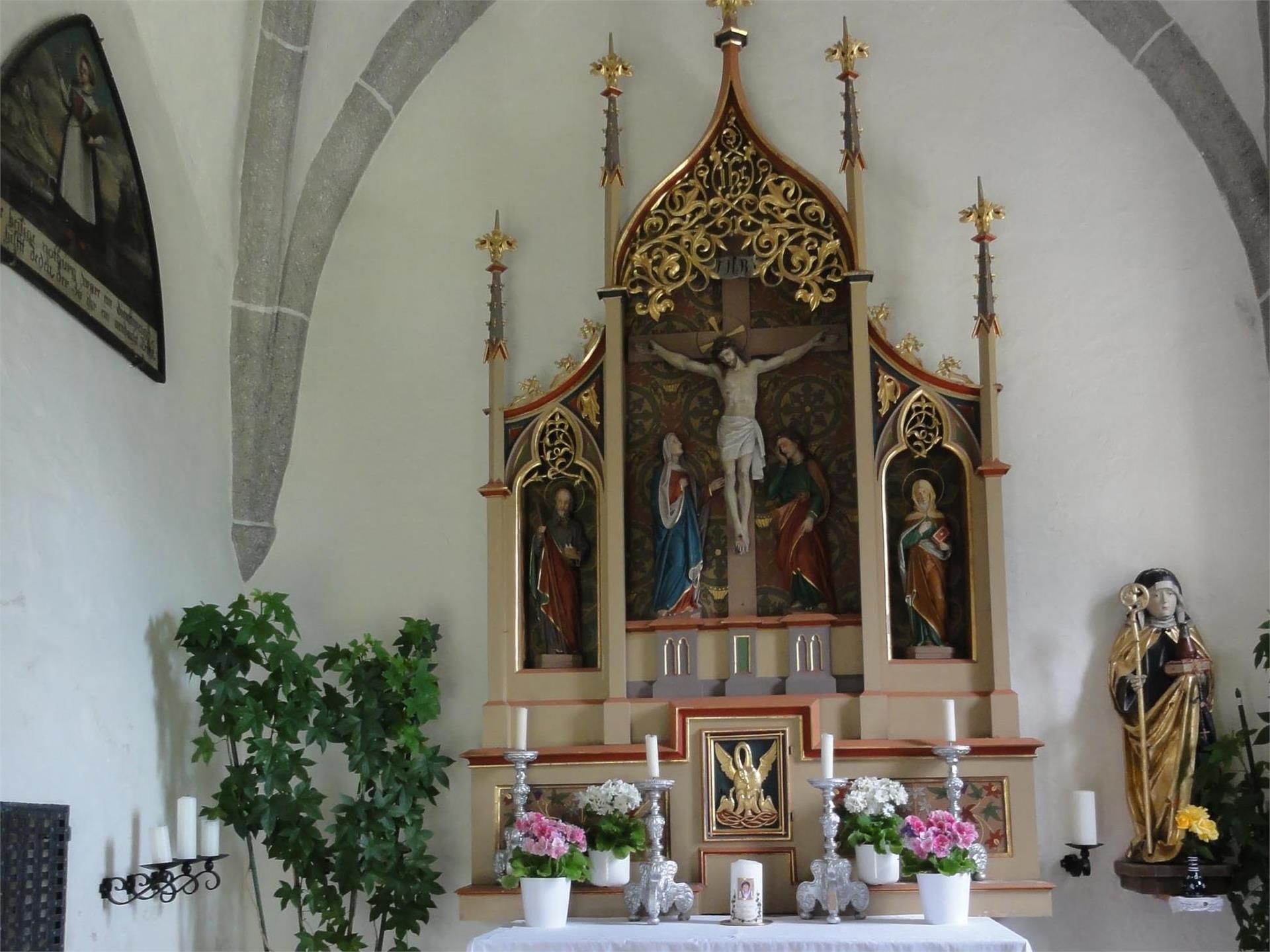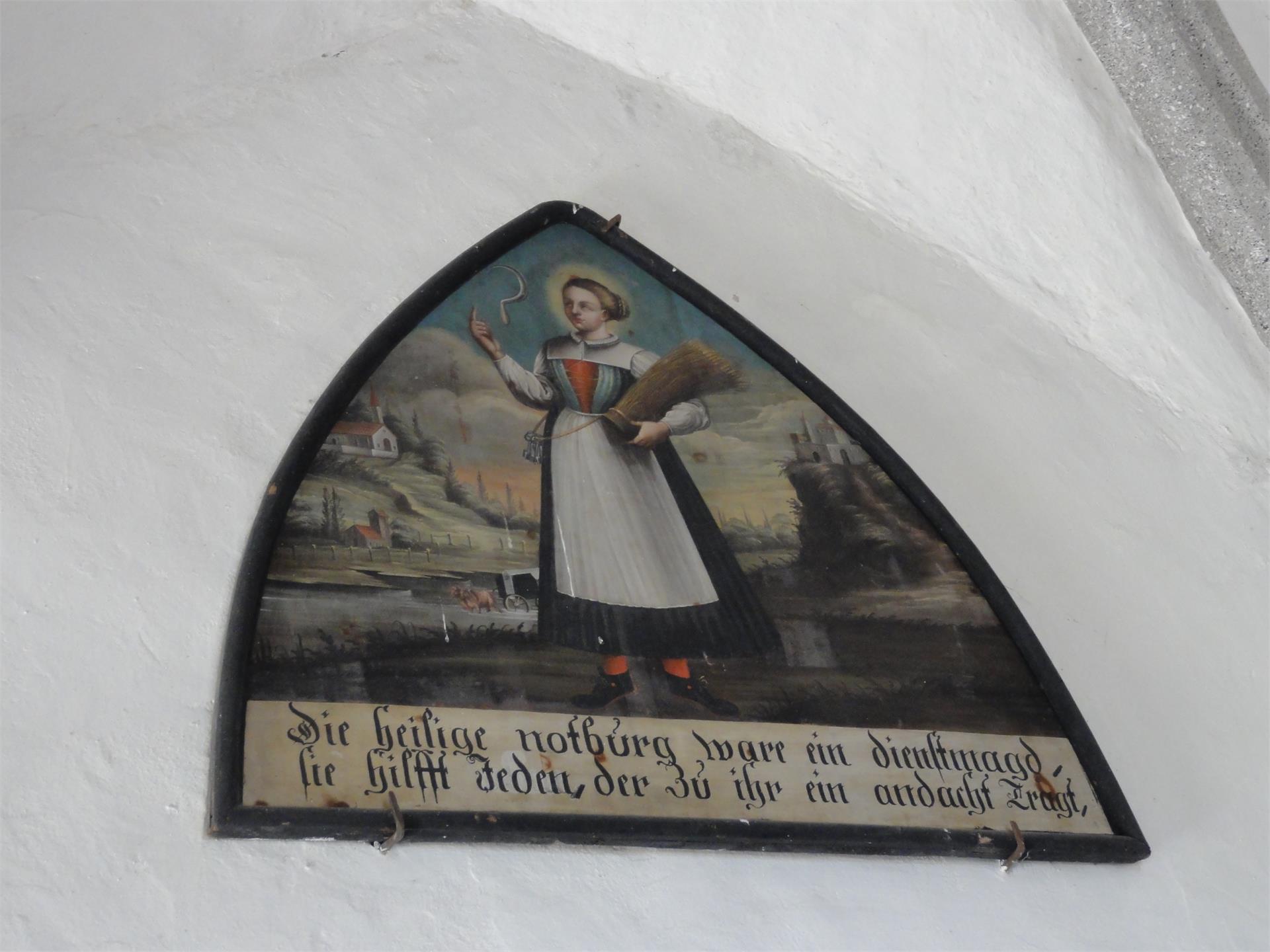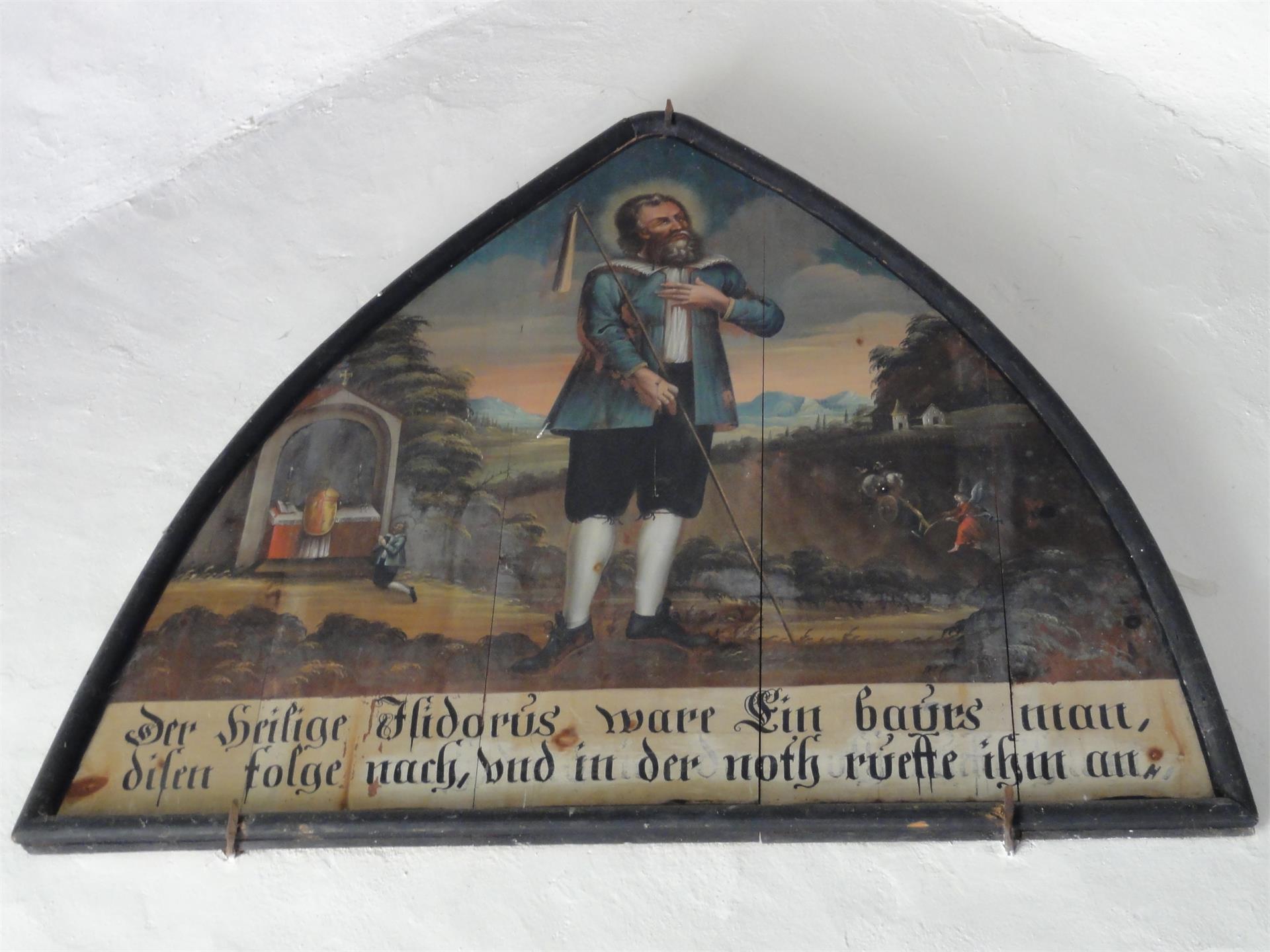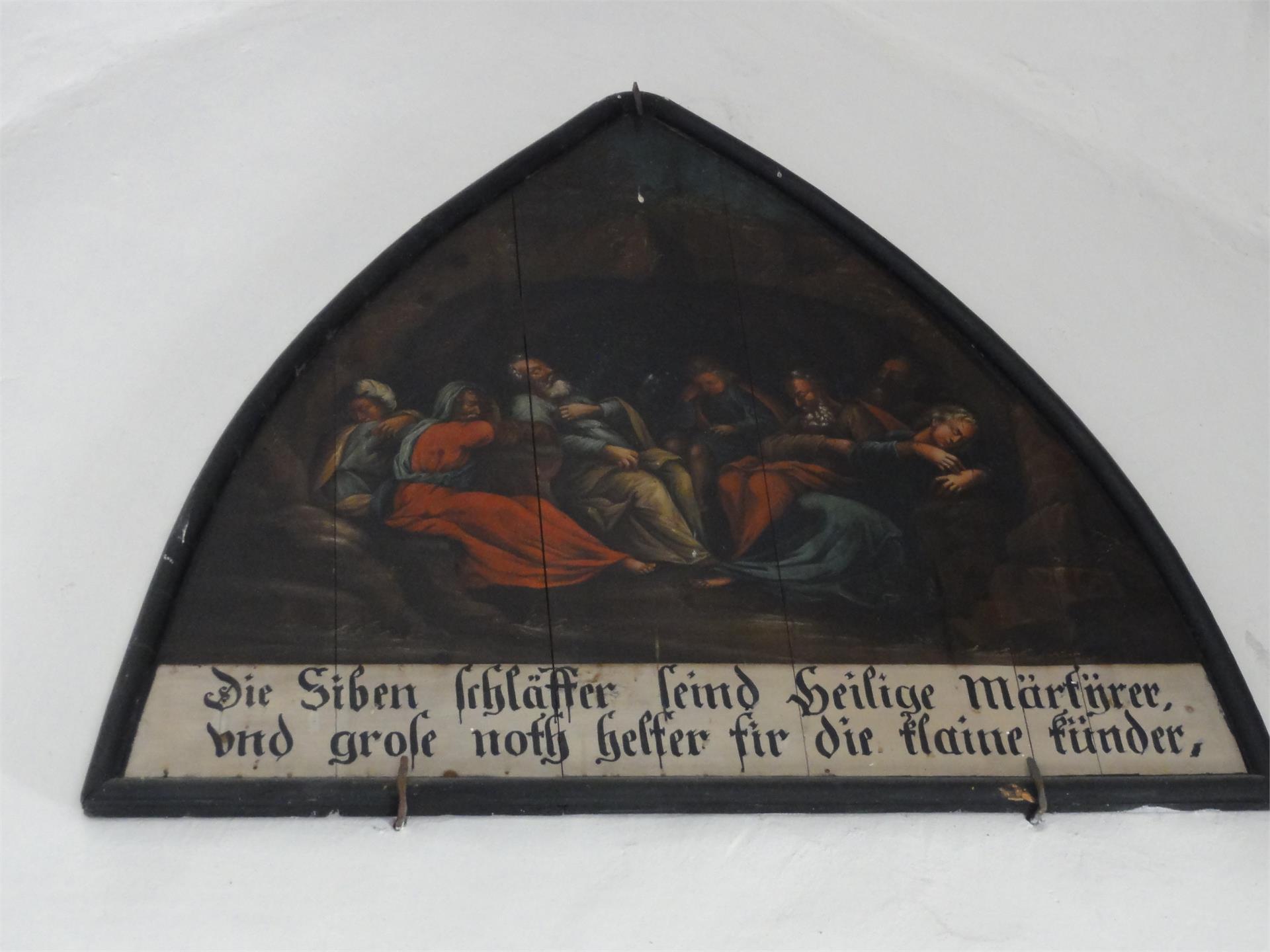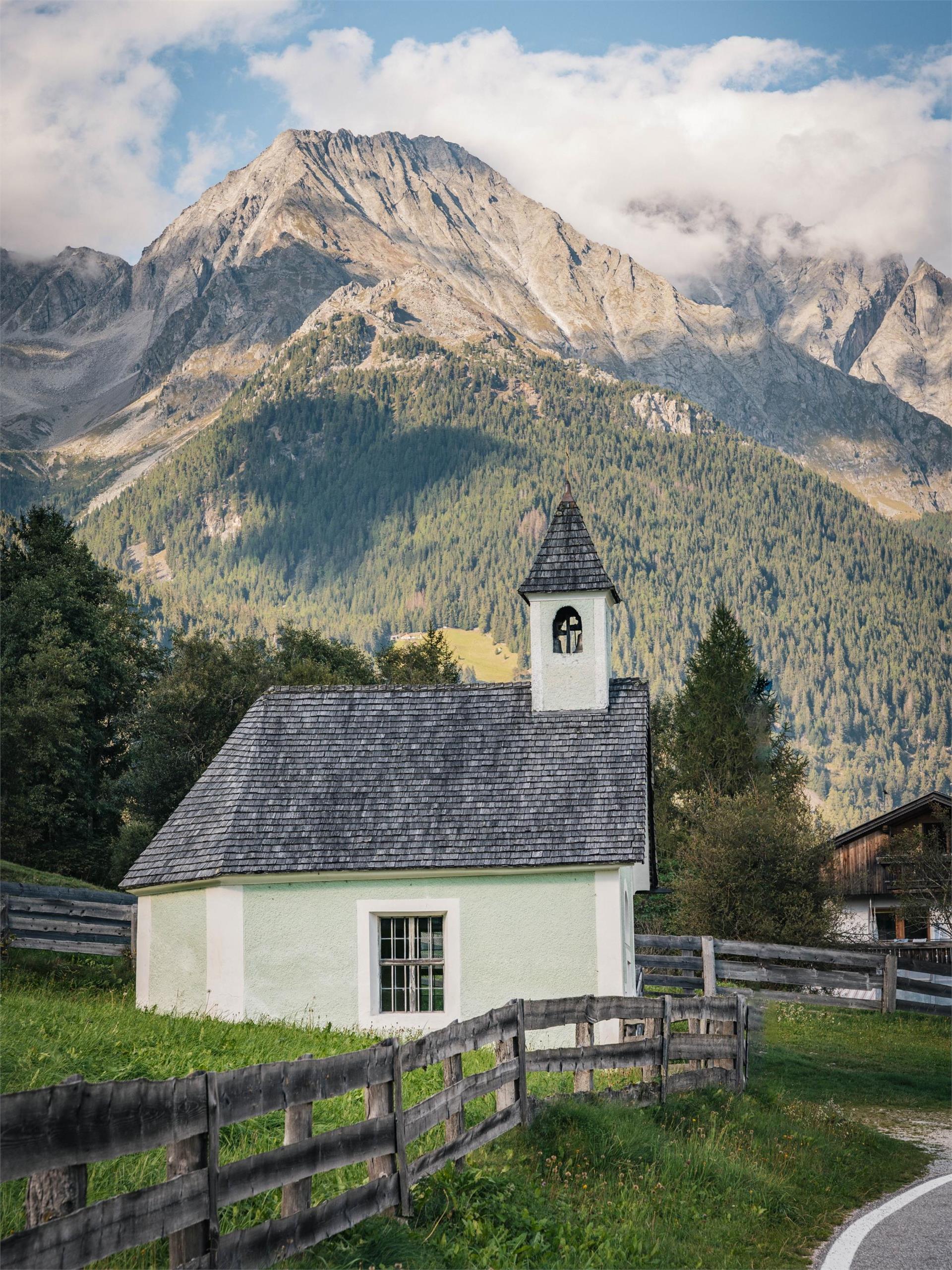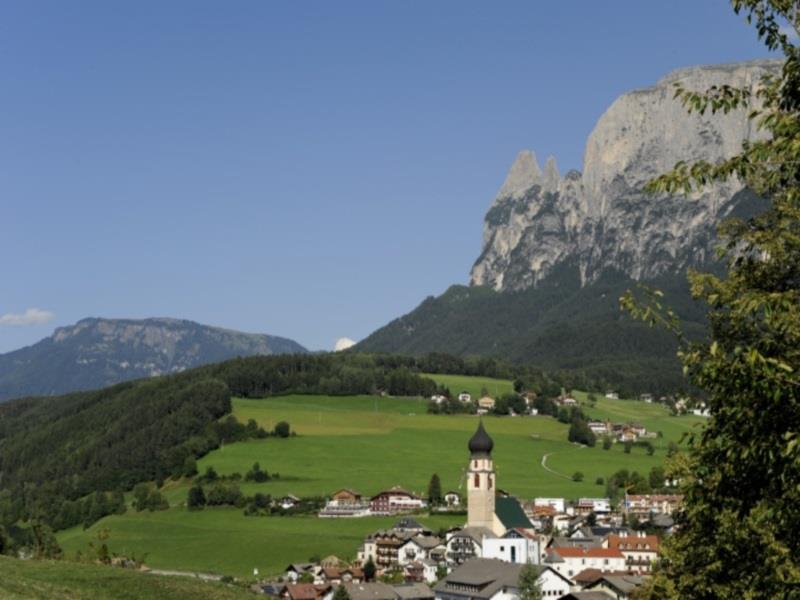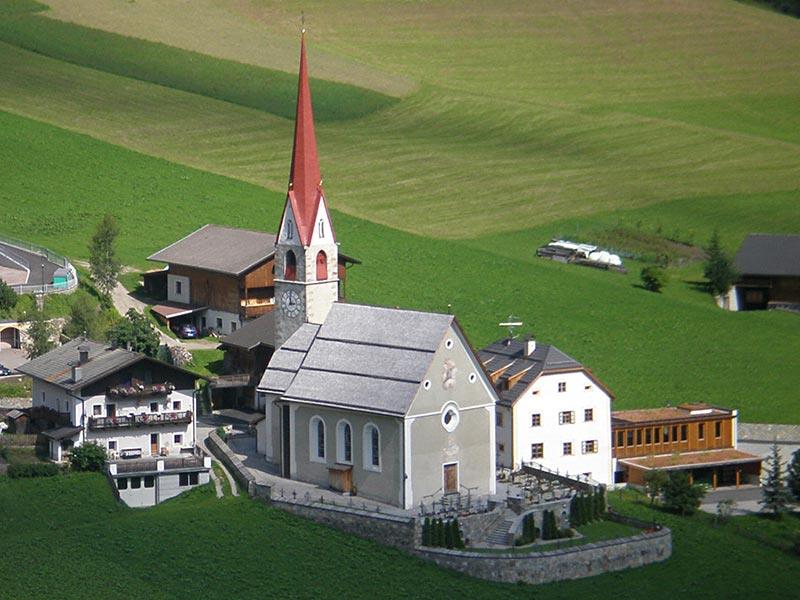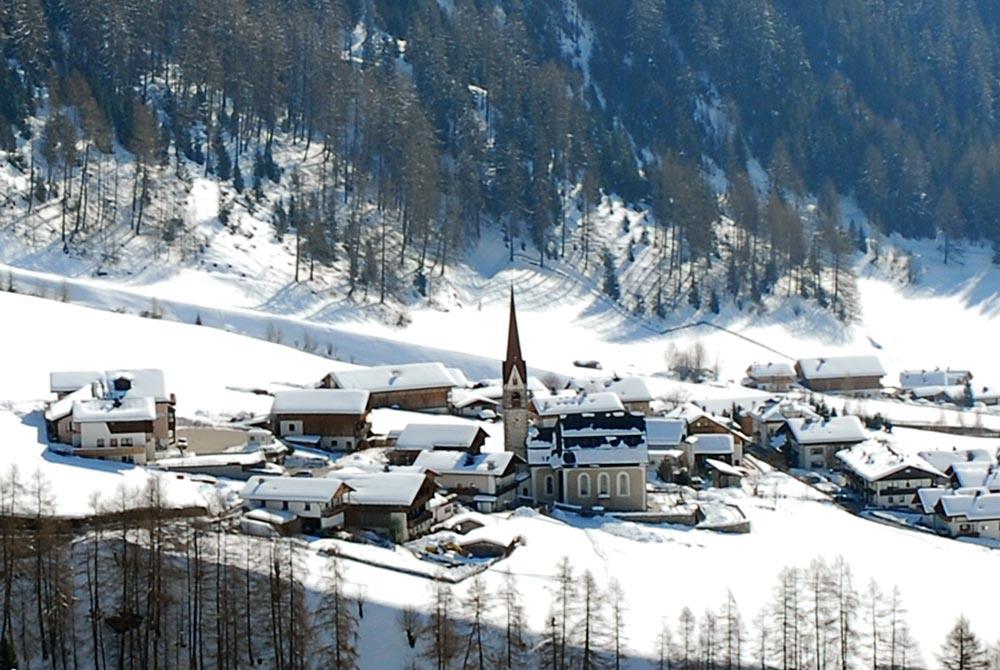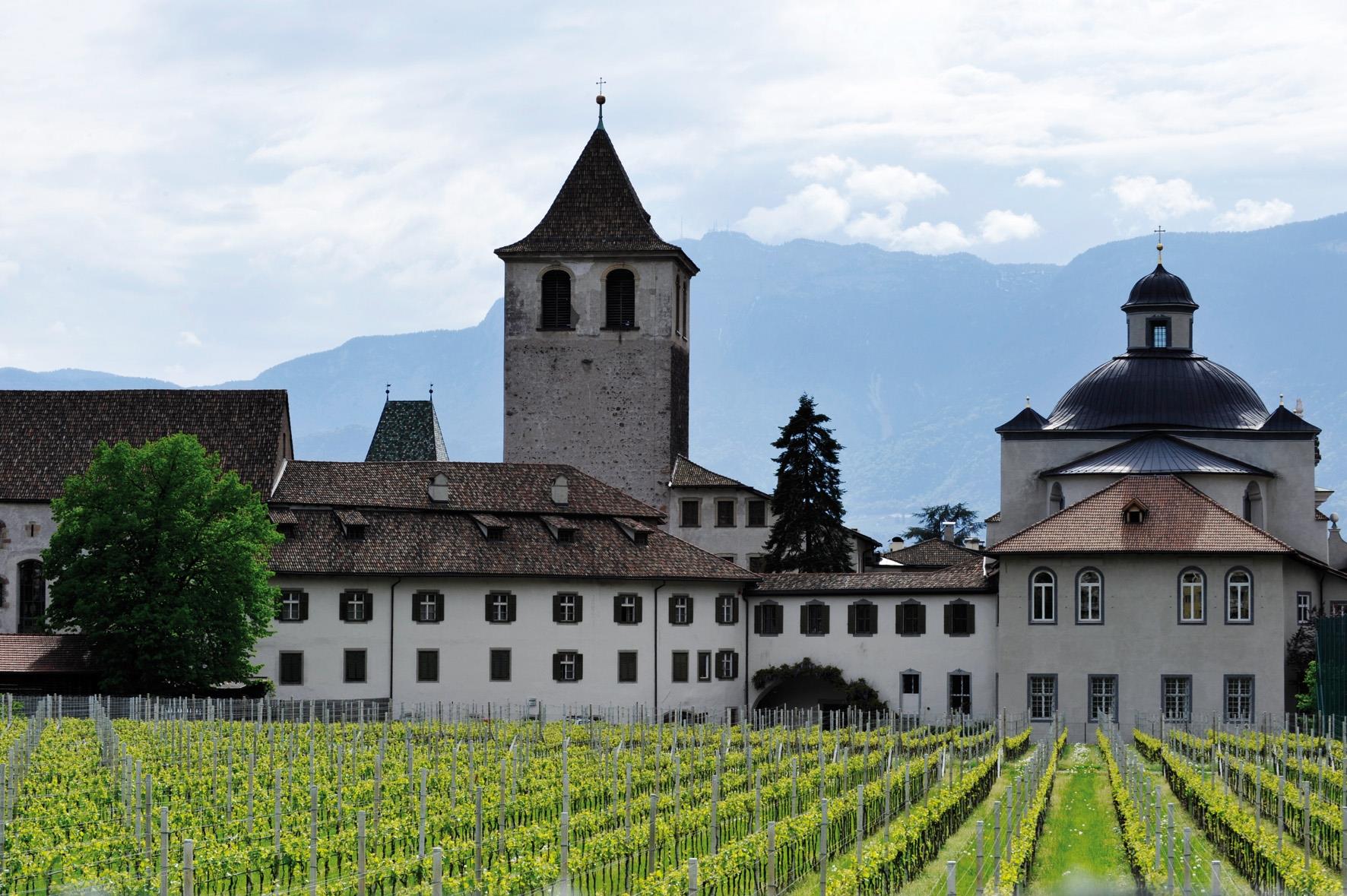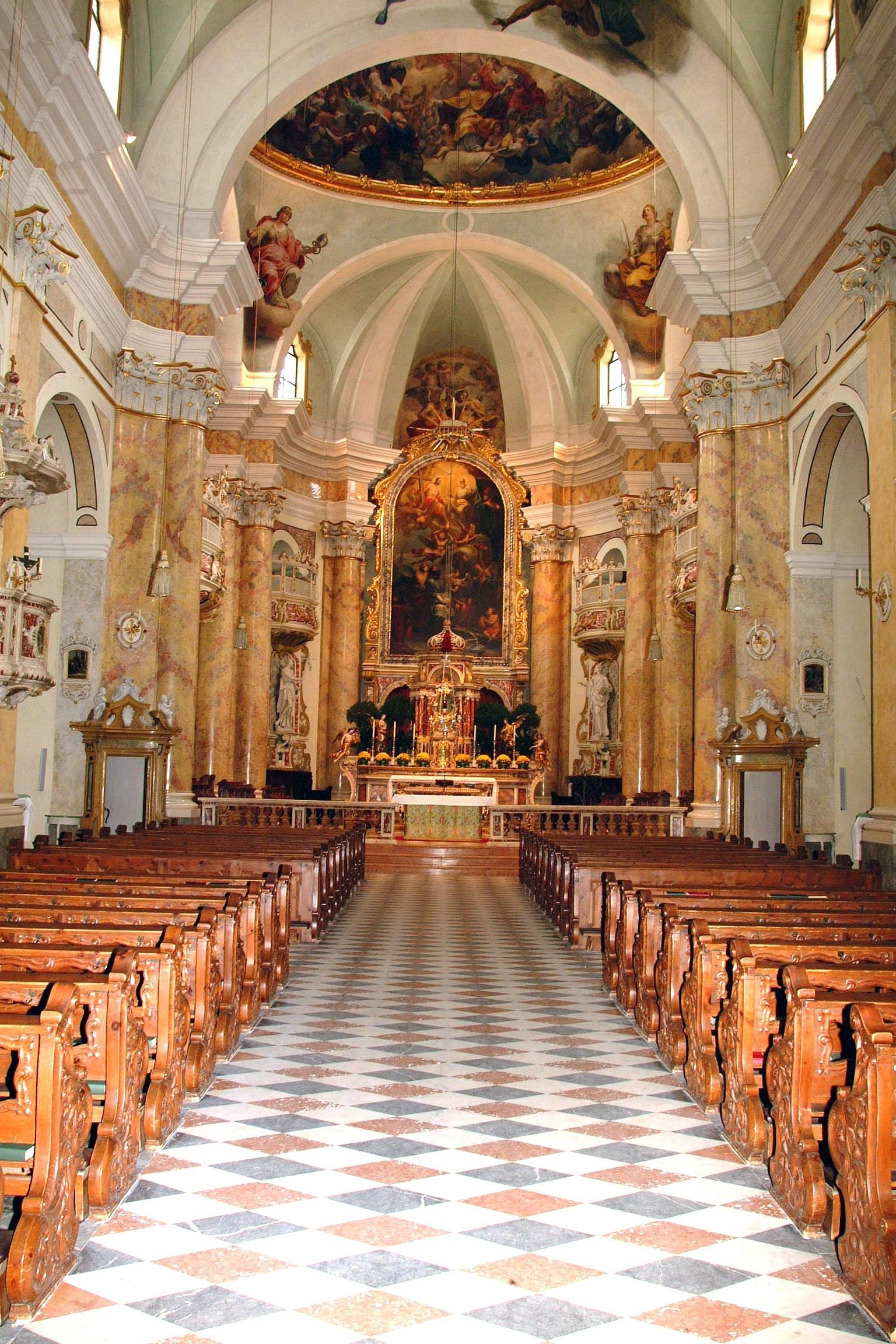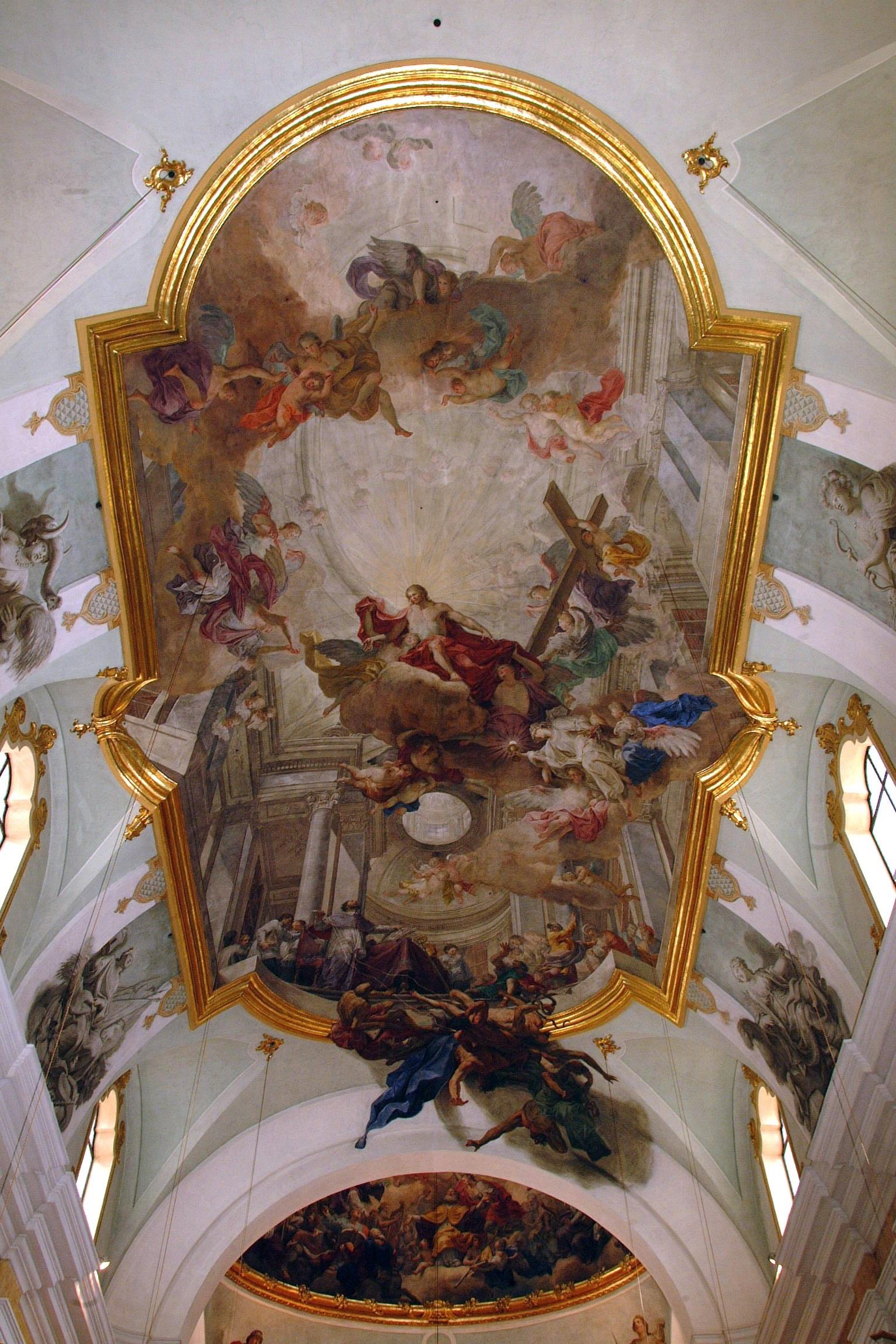The romanesque church called St. Kathrein has a gothic apse and dates from the thirteenth century. It has well-preserved frescoes from the fourteenth century and a winged altar in the late-Gothic Tyrolean style (which can only be see through an opening in the portal).
The story
Like many other churches in the region, the St. Kathrein church in Hafling was built on a site that was originally a pagan place of worship. Presumably there was already a small church standing here in the twelfth century, which was destroyed by fire in 1202. The only parts of the church that survived from the period before the church fire are the regularly stratified walls of the flat-roofed nave.
Fifty years later, a Romanesque church had already come into being, which was newly consecrated in 1251. In the late Gothic period, the church was rebuilt again. Two hundred years later, in 1452, it was once again rebuilt and rededicated.
The late-Gothic winged altar is a valuable decorative element of the church. The central part of the altar cabinet contains three wooden figures: the patron saint, St. Catherine, flanked by John the Baptist and Mary Magdalene.
The Legend
According to legend, the local people wanted to build a Christian church on this site. They charged two giants to procure stones. The giants, however, had promised to build at church in Lafenn at the exact same time. Having only one hammer between them, the two giants had to share. Eventually, a conflict arose between the pair over the hammer, so the Lafenn giant picked up an enormous boulder and threw it at the St. Catherine giant. The boulder missed its target, but can still be seen in the meadow near Sulfner, just below the church.
Dates church tours 2022:
30.05. | 13.06. | 27.06. | 04.07. | 11.07. | 18.07. | 25.07. | 08.08. | 16.08.* | 22.08. | 29.08. | 05.09. | 19.09. | 03.10. | 24.10. | 31.10.2022
